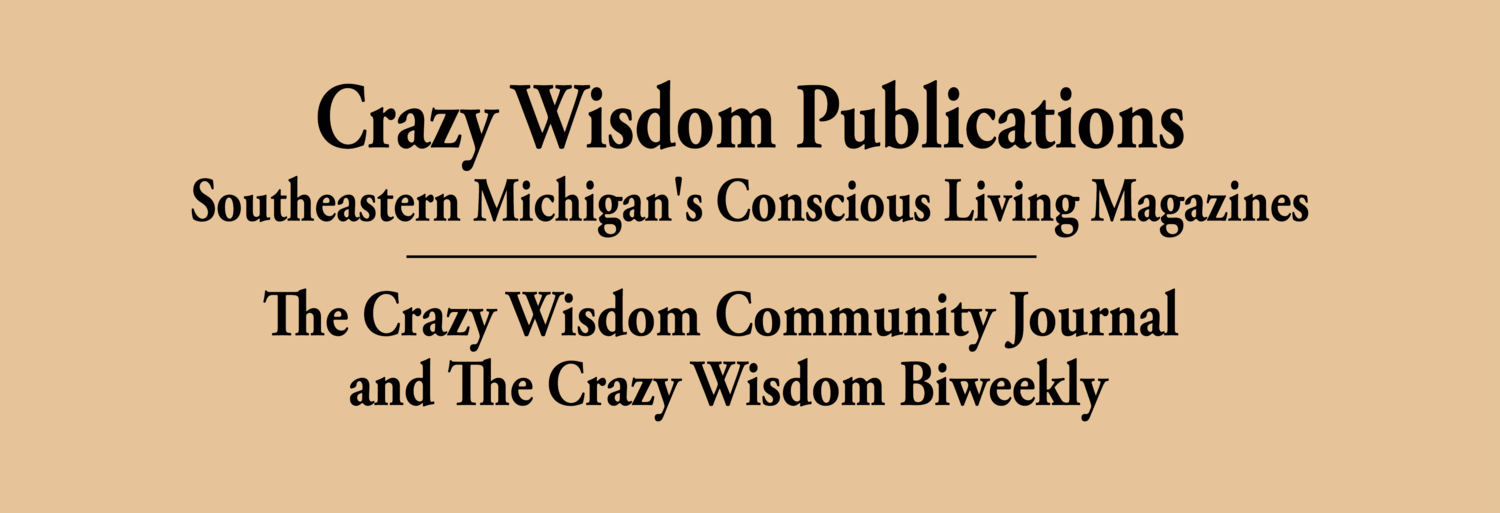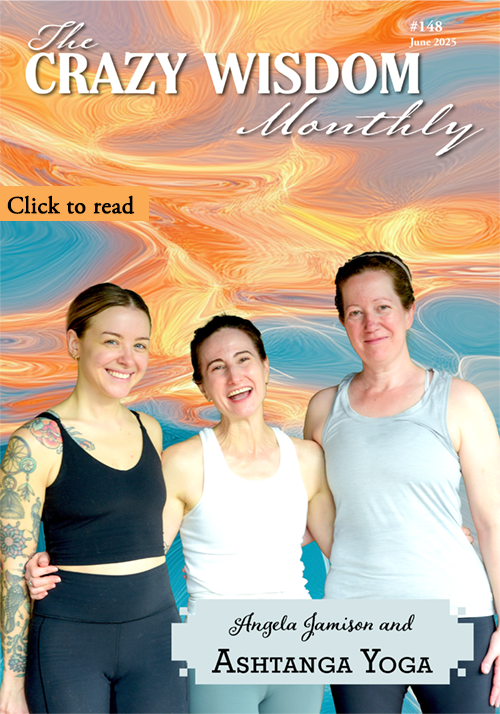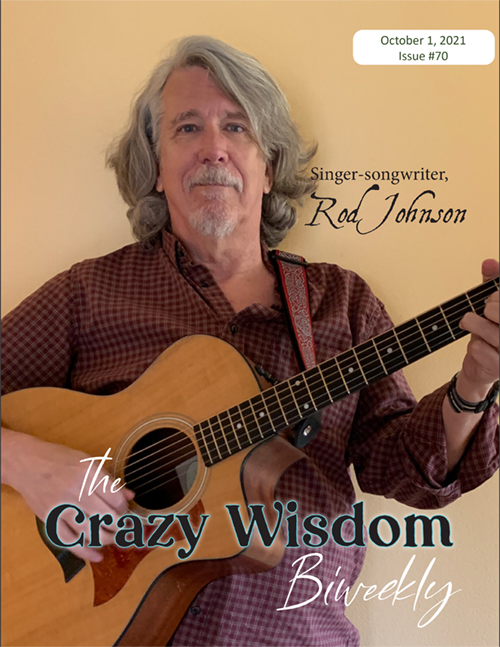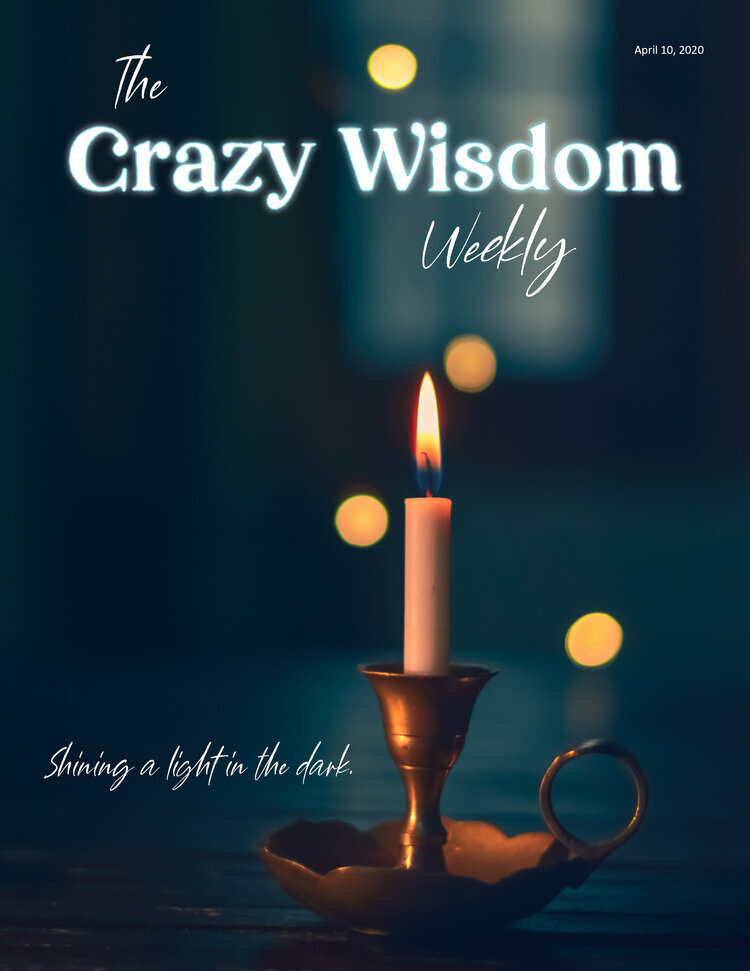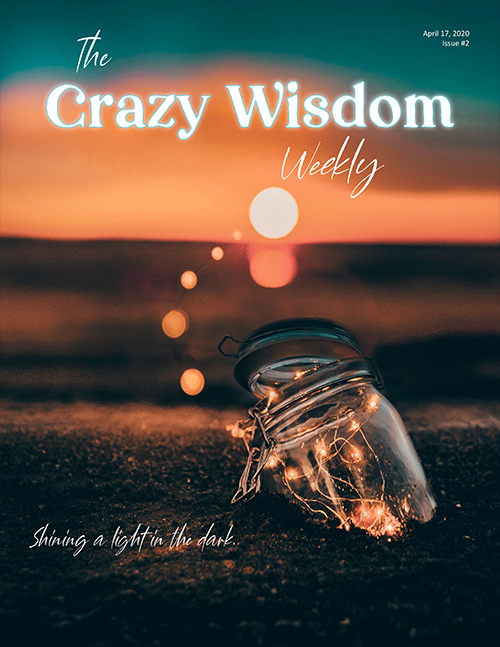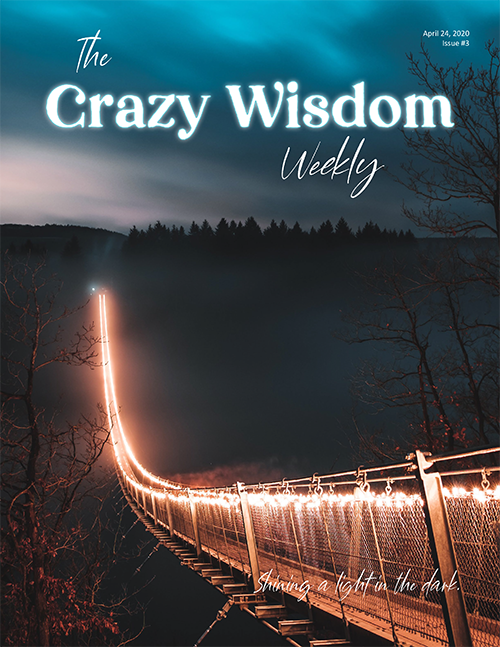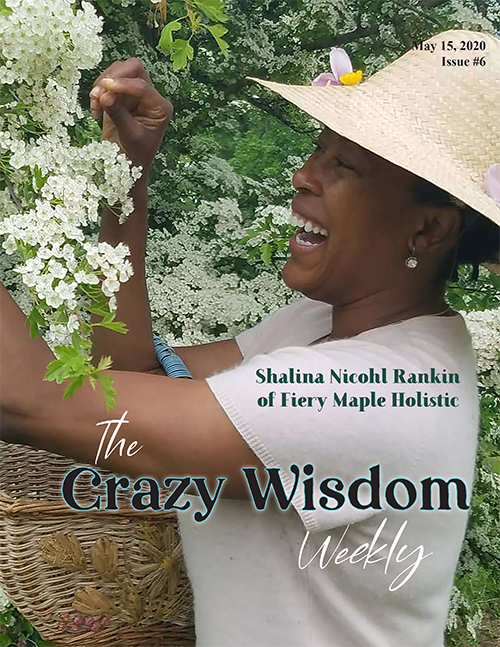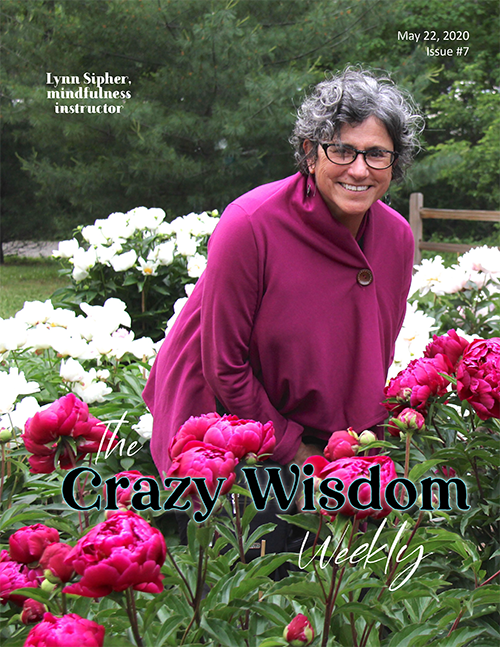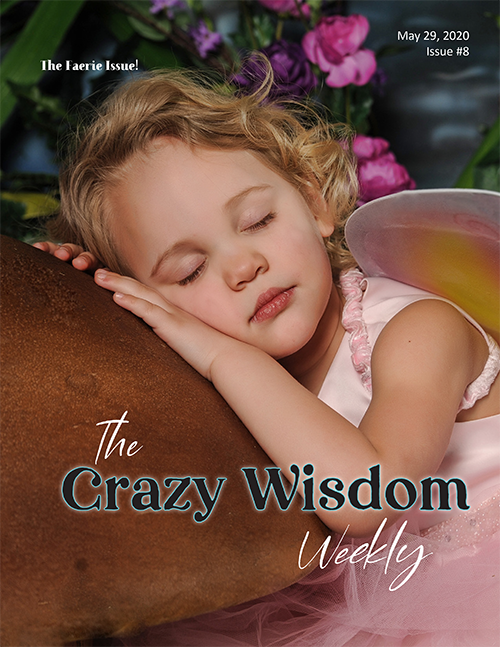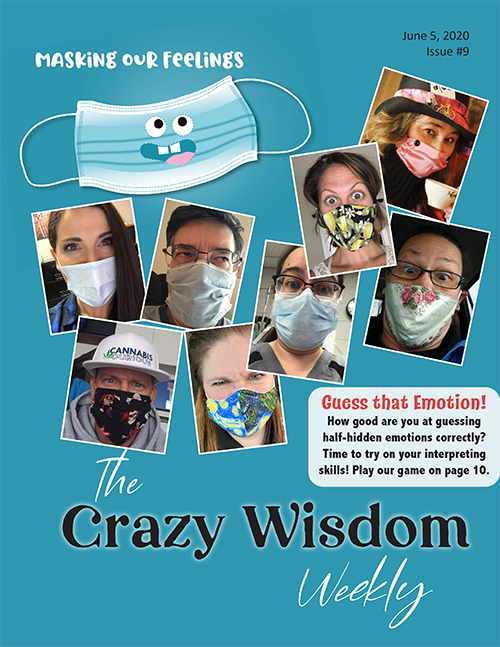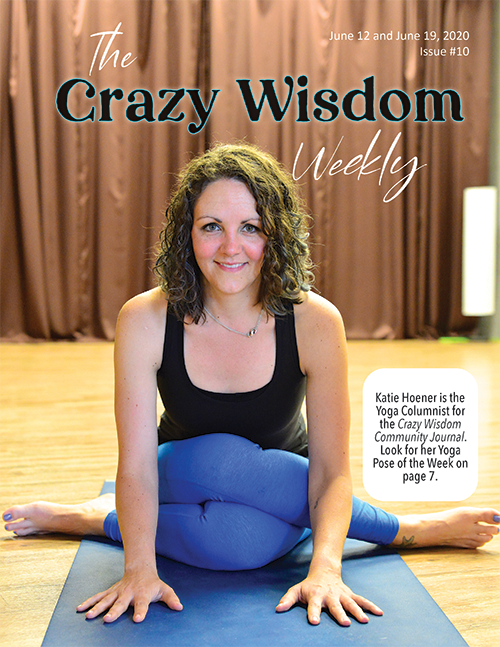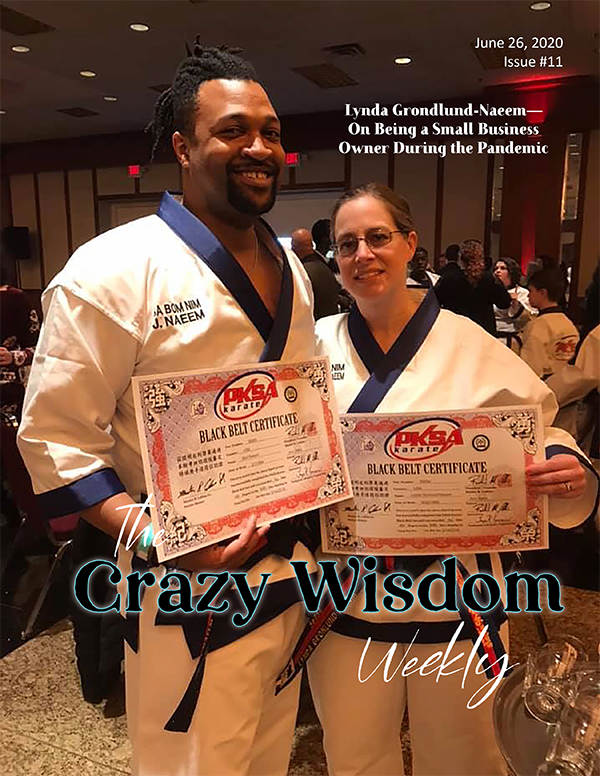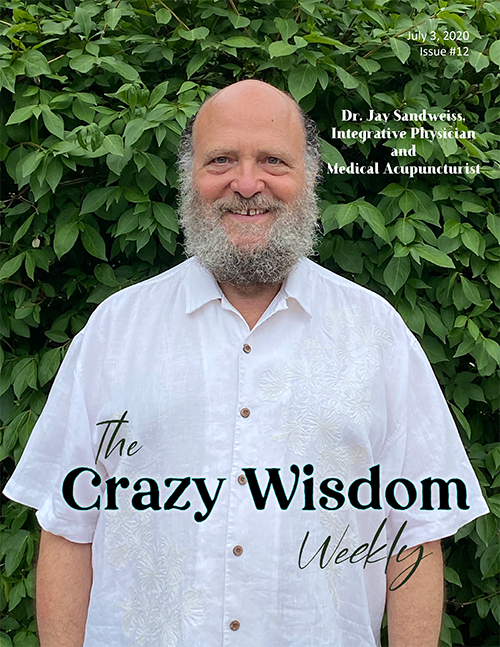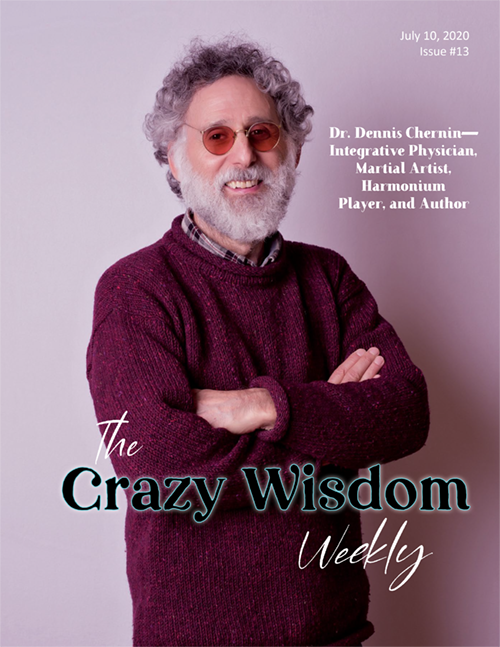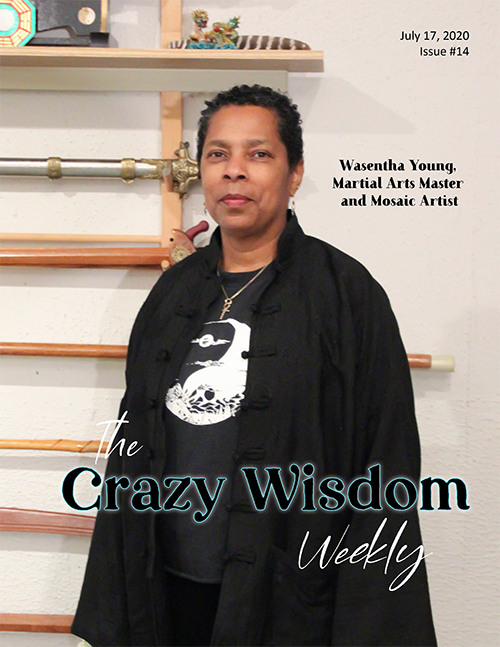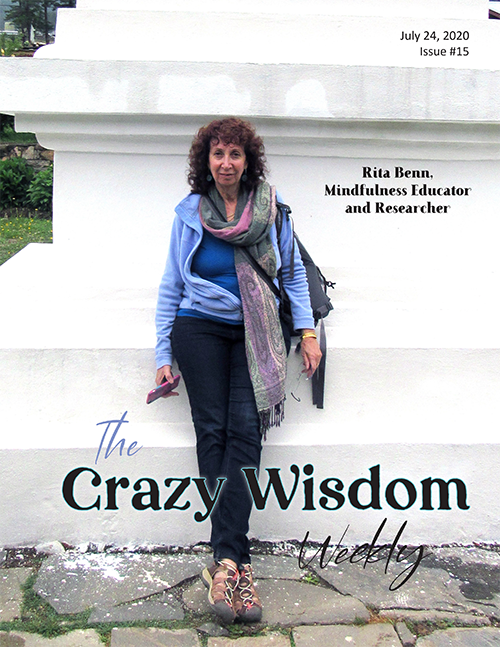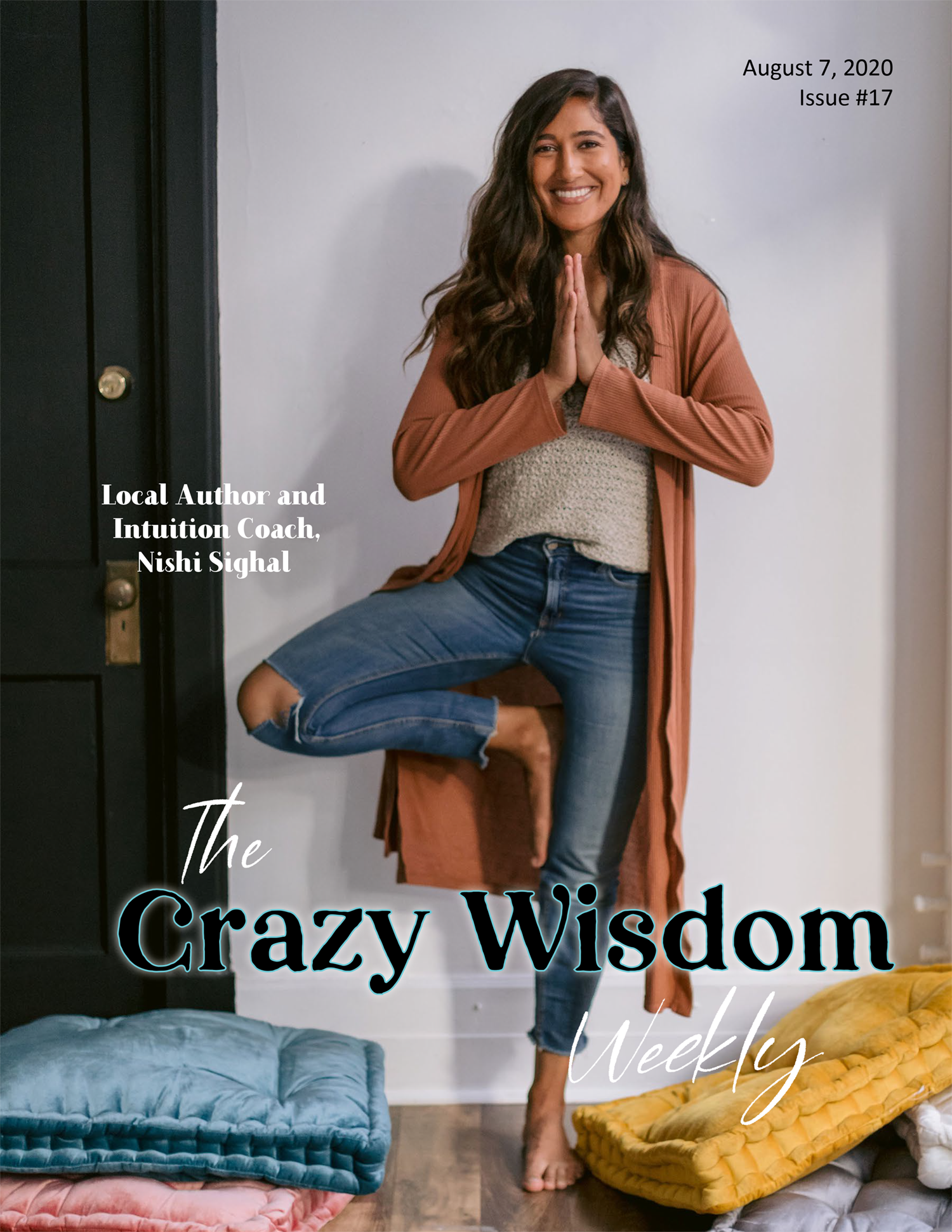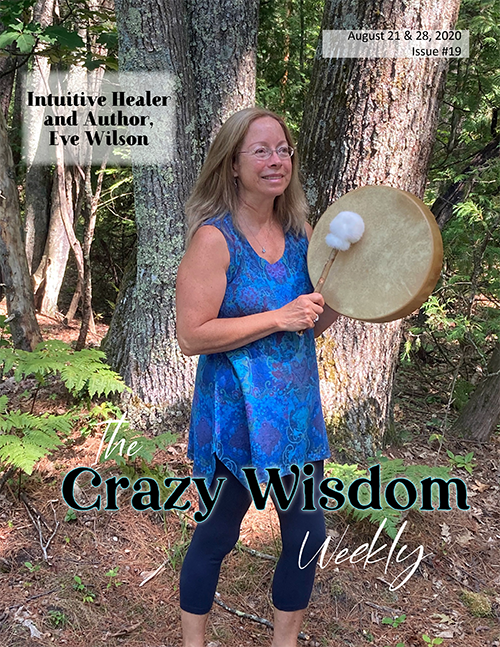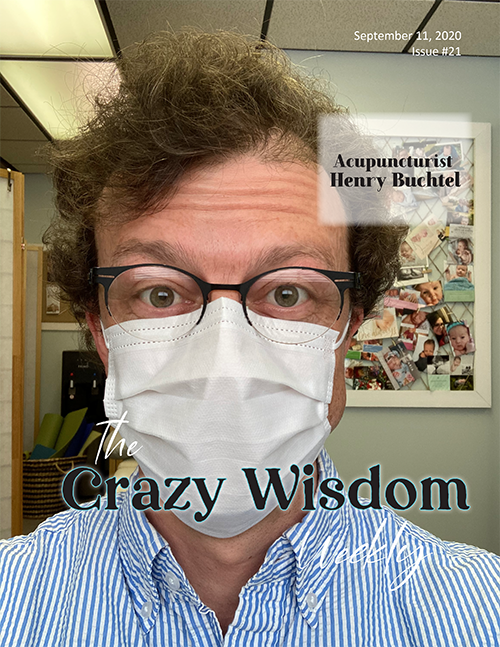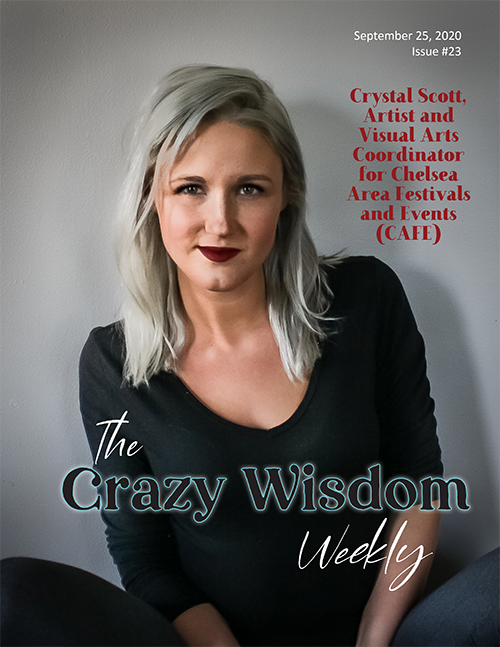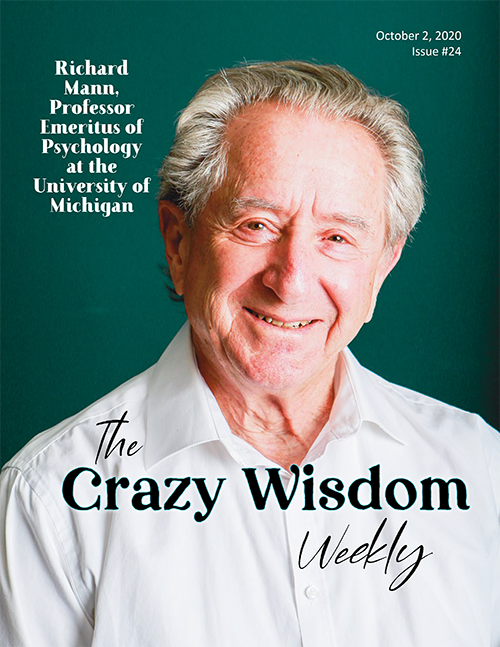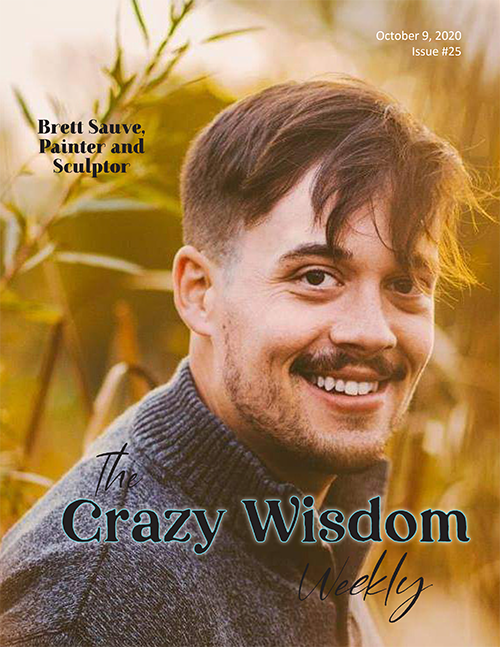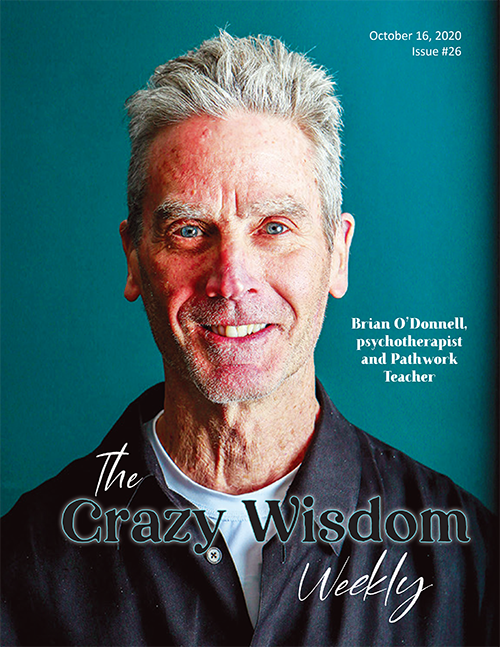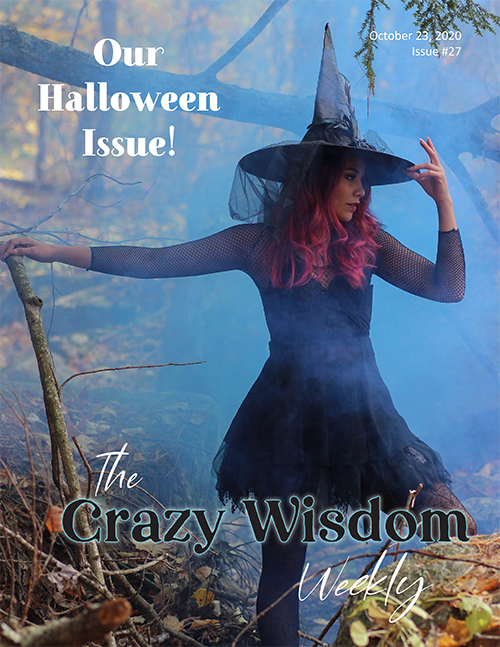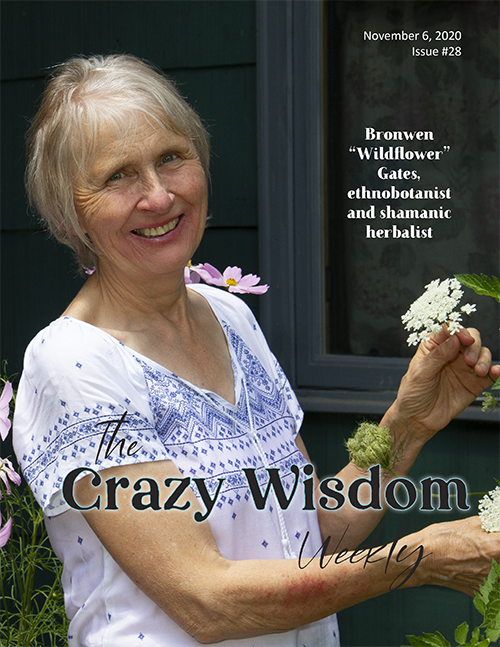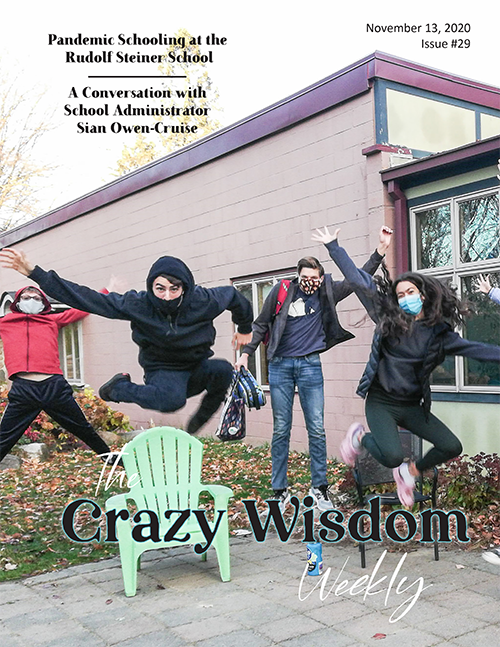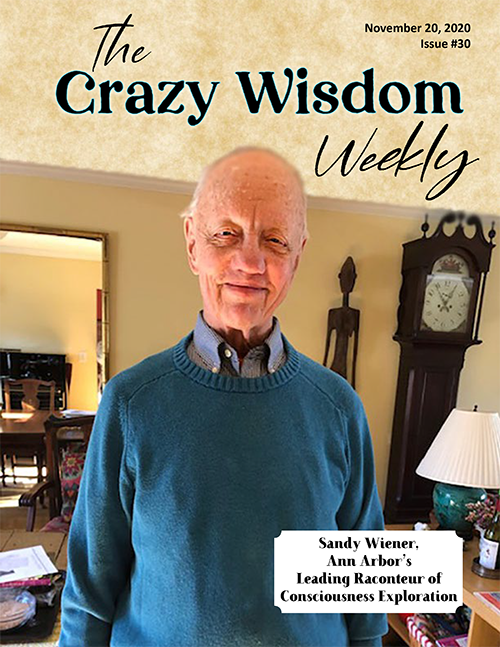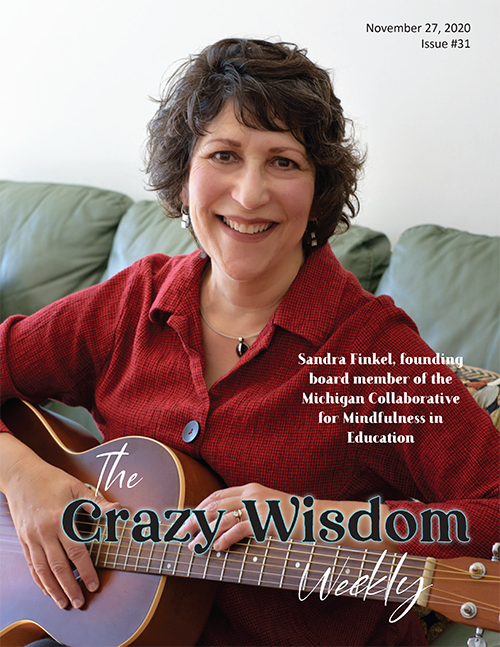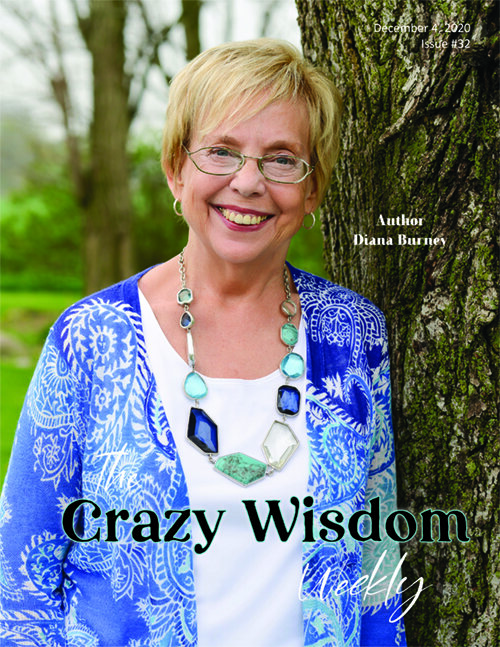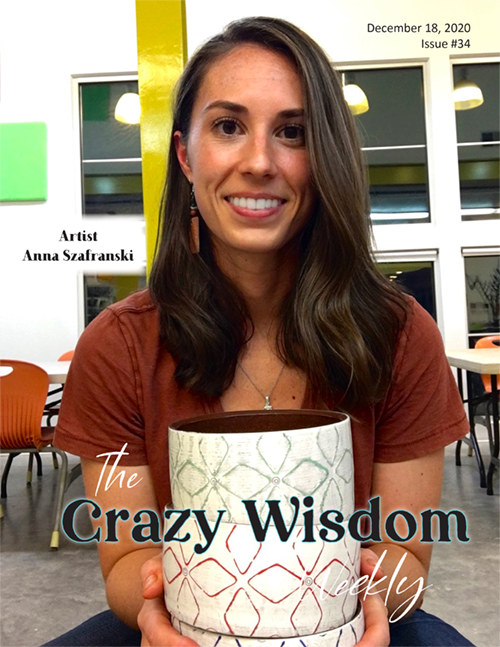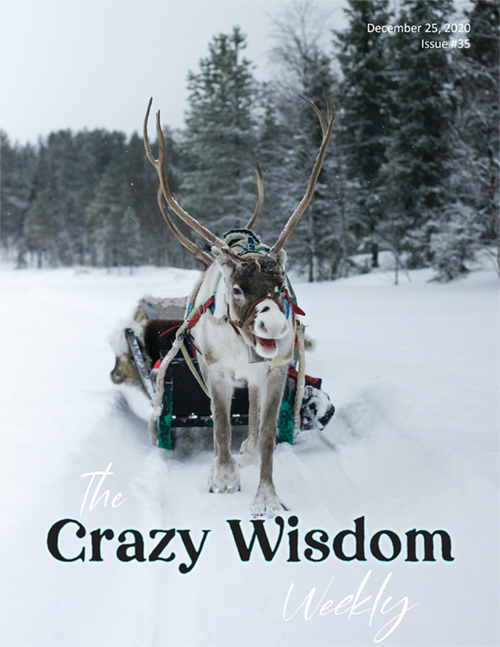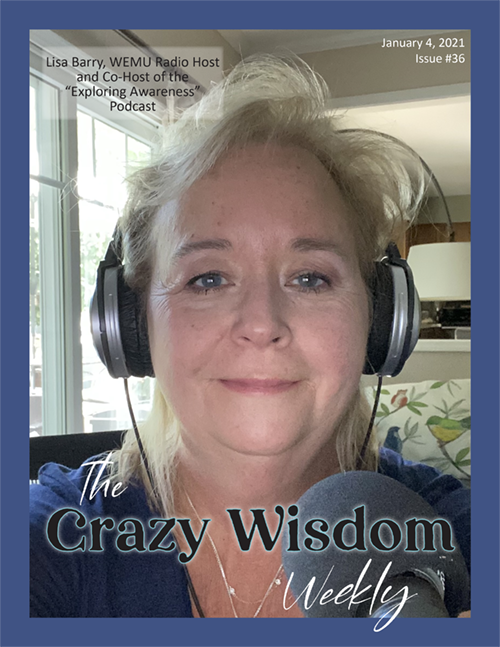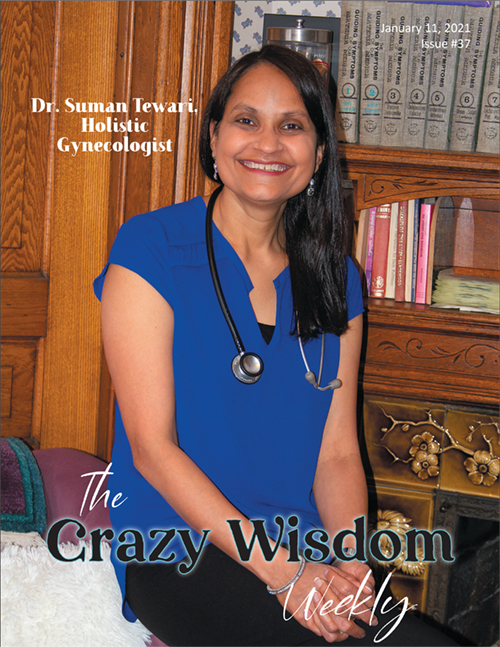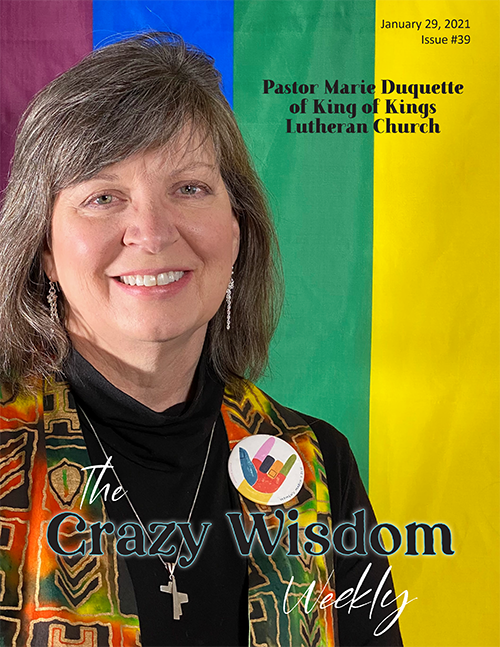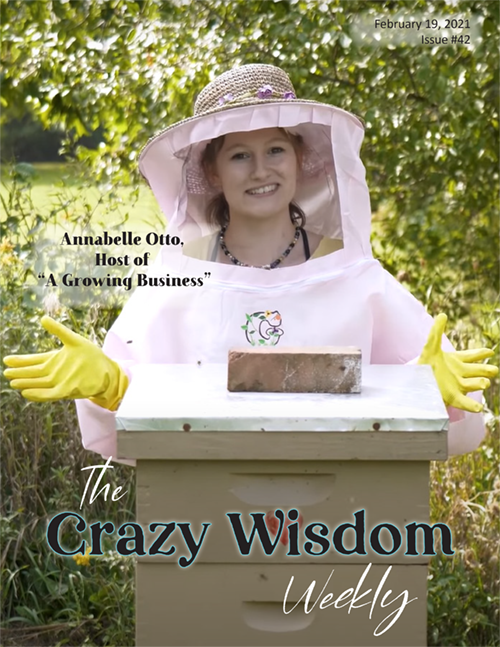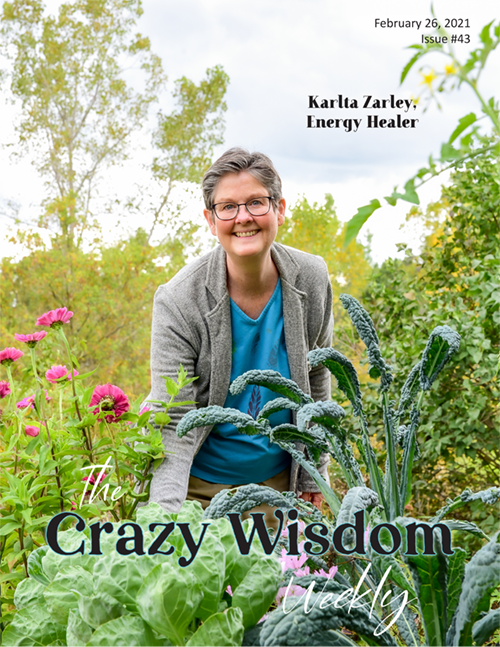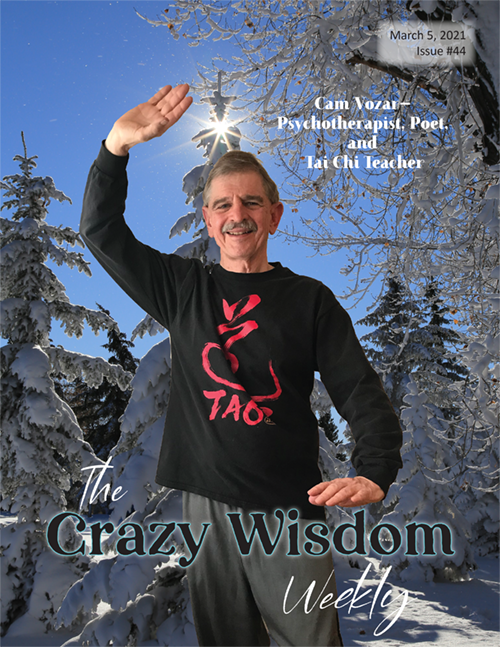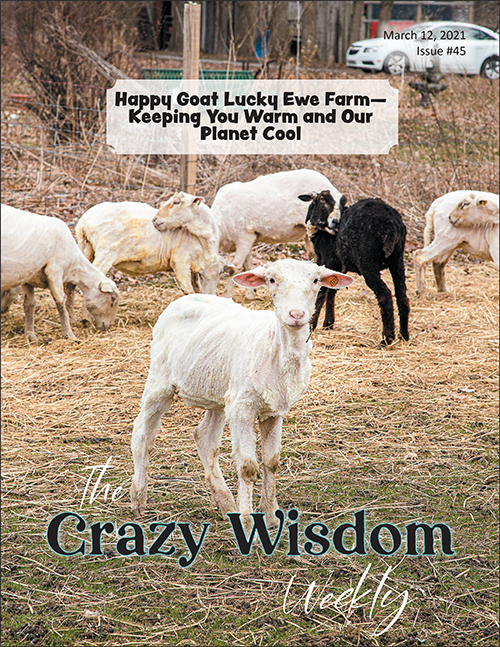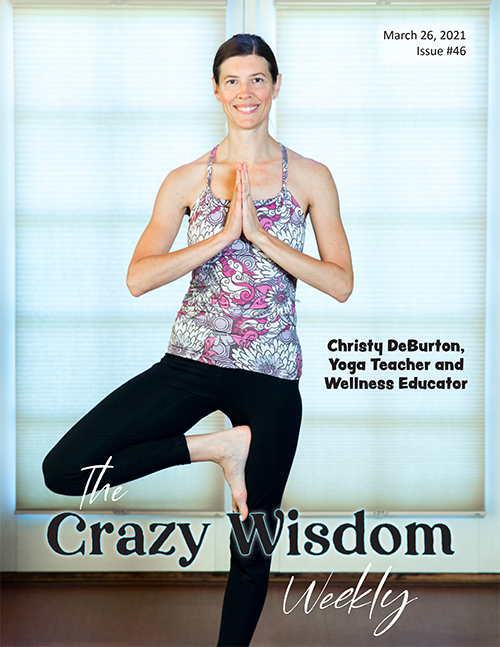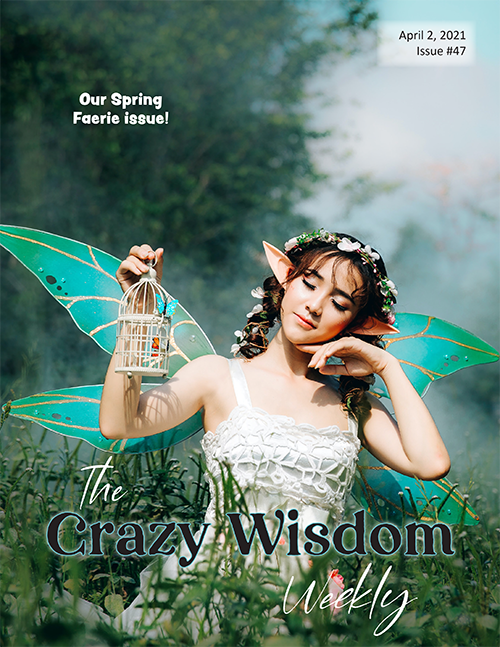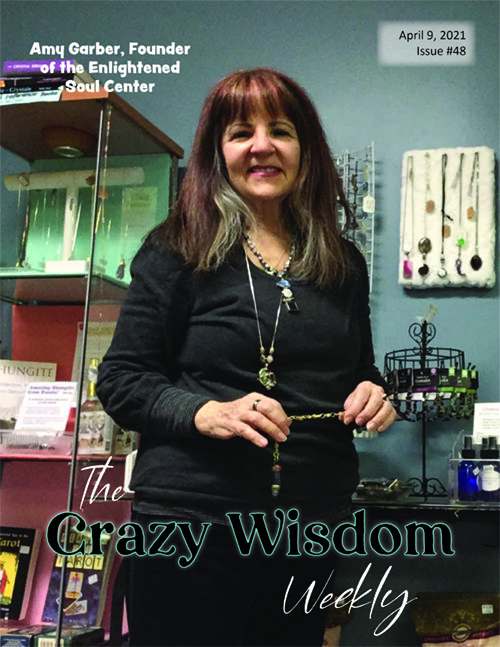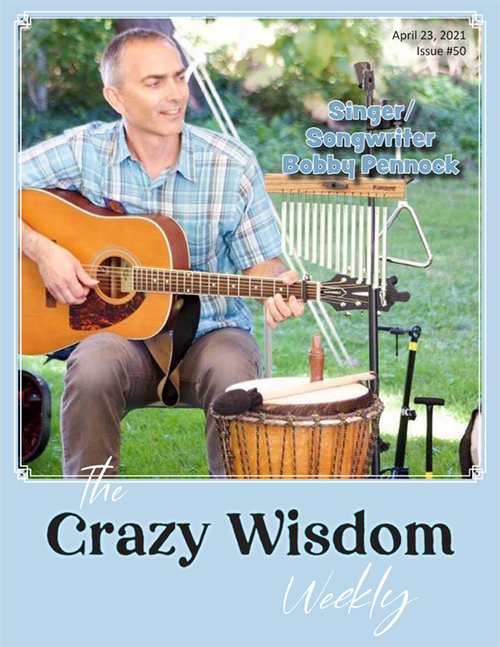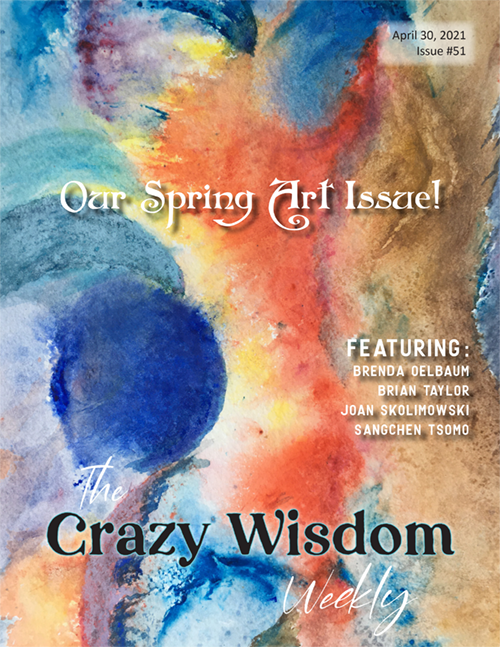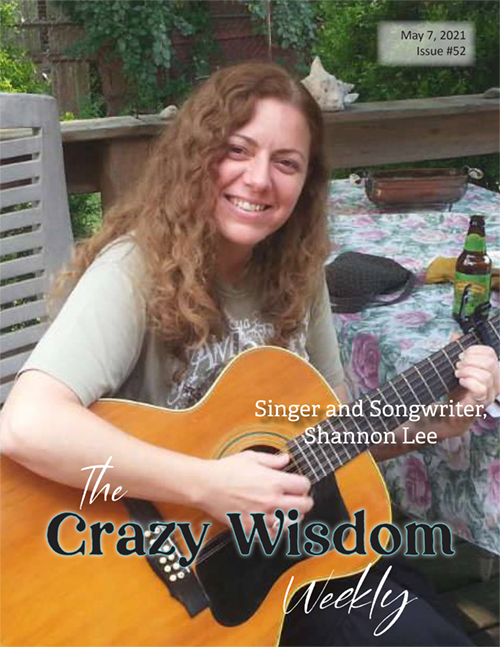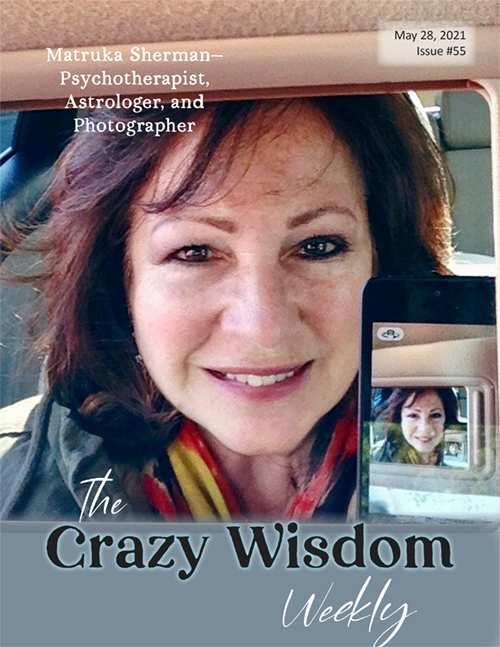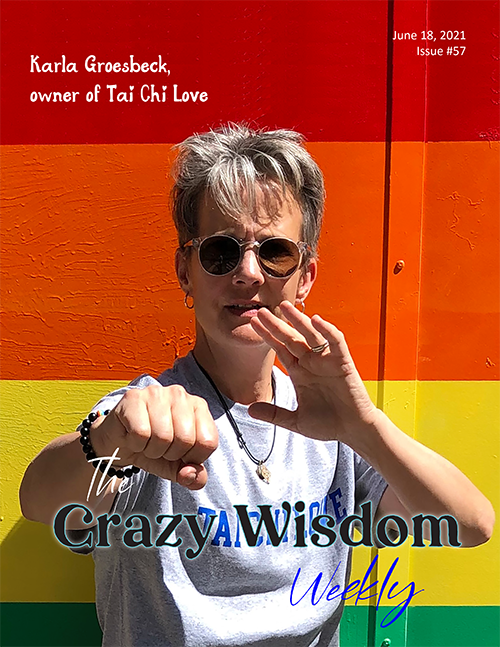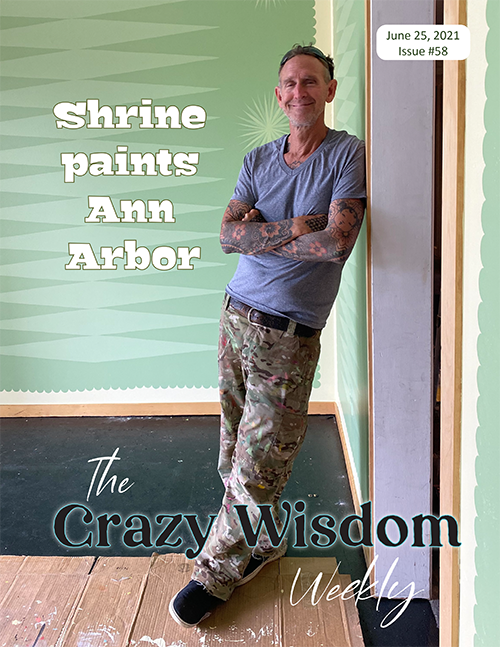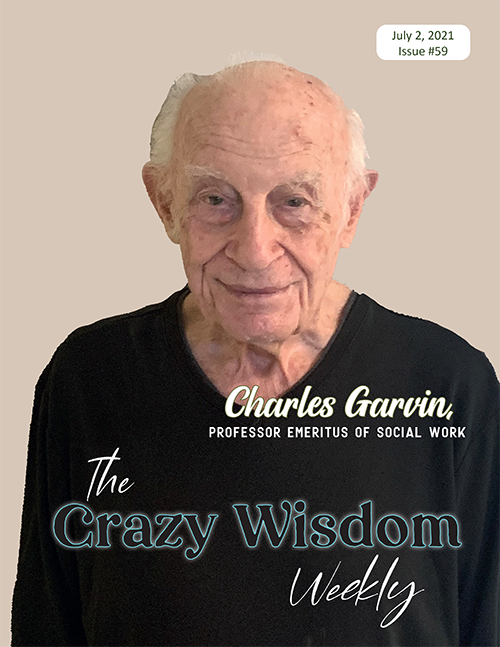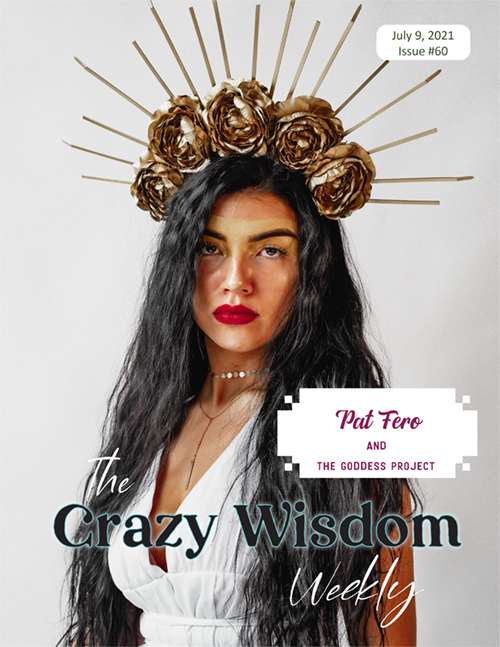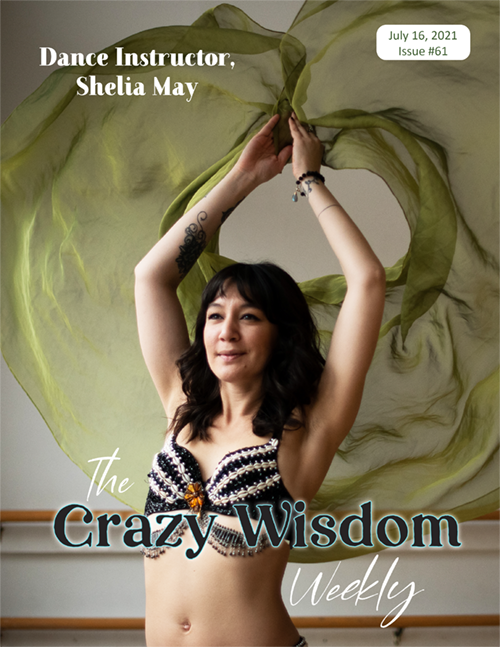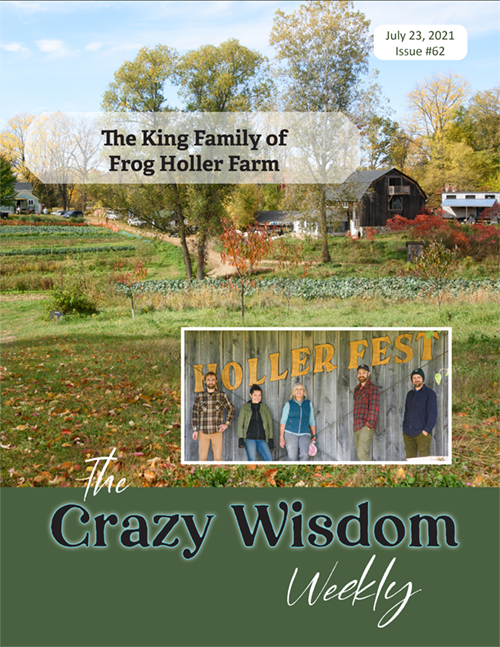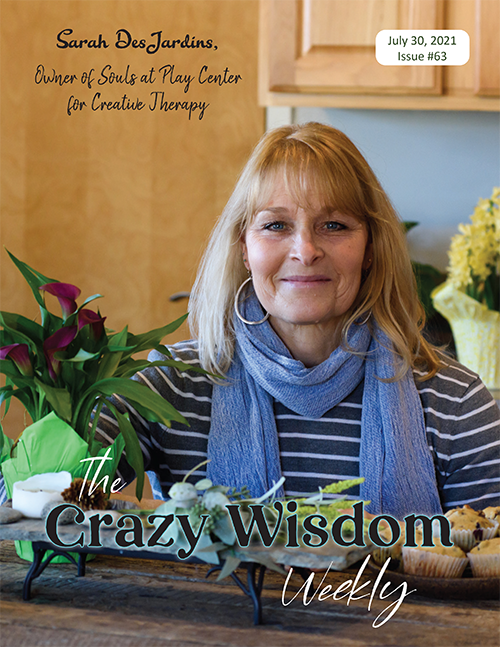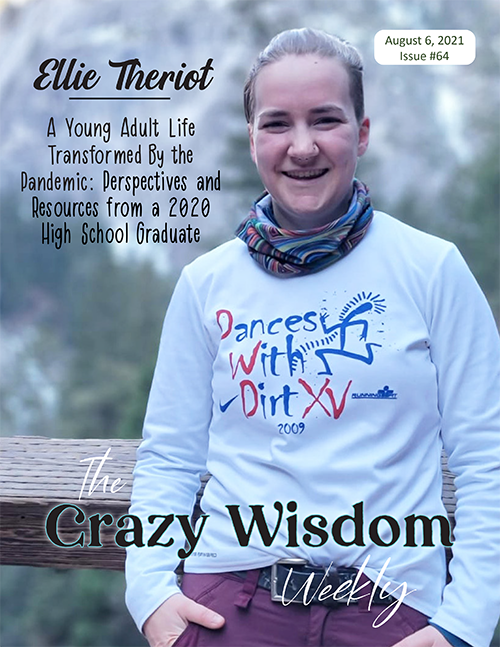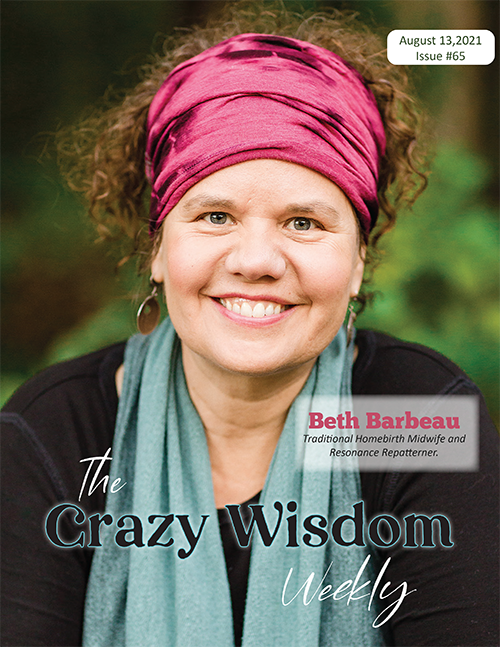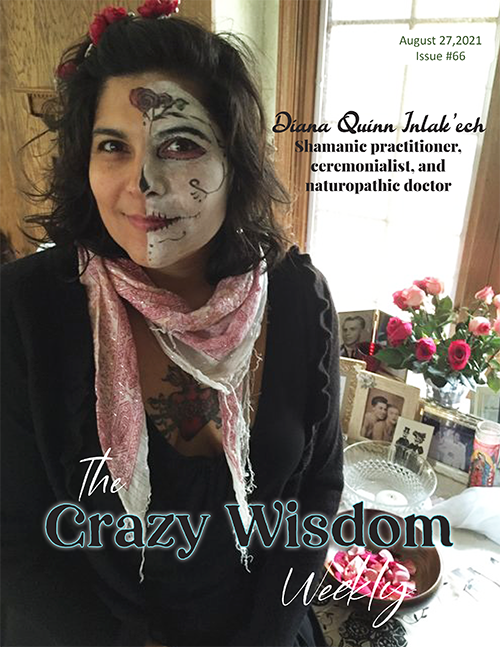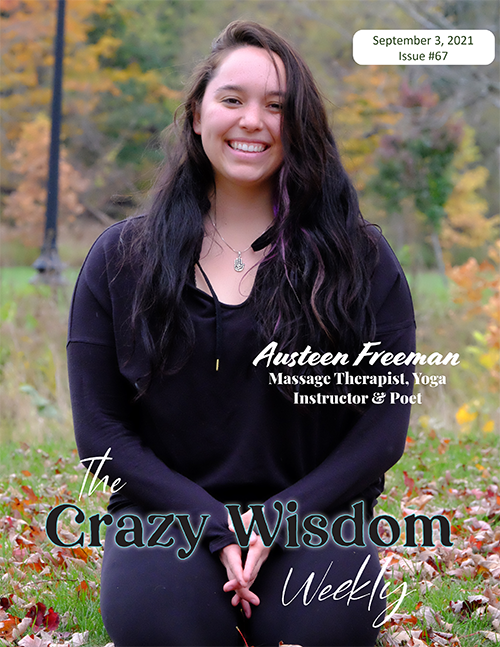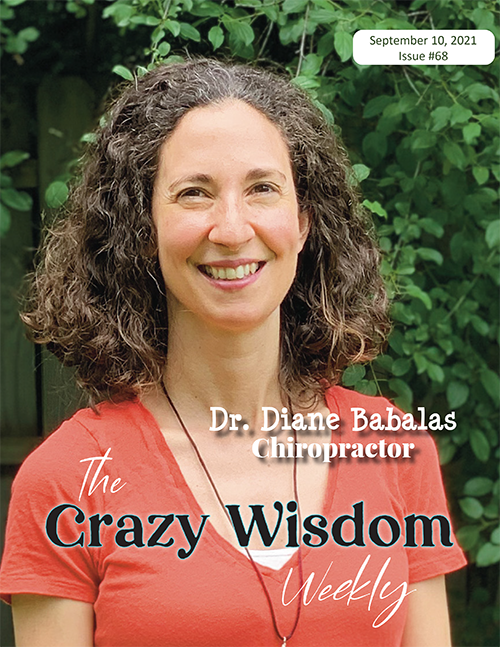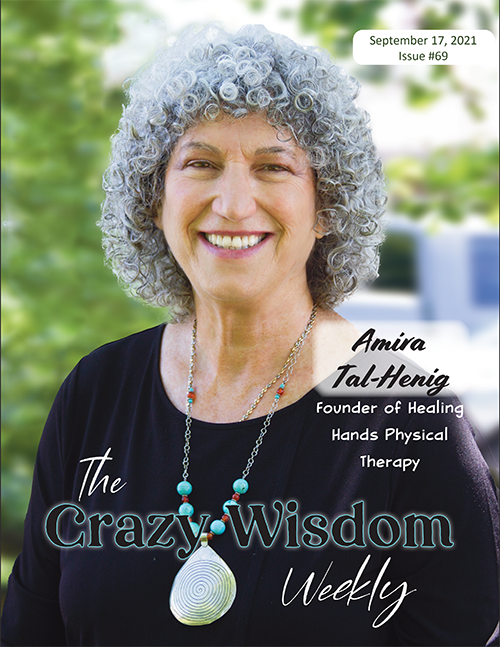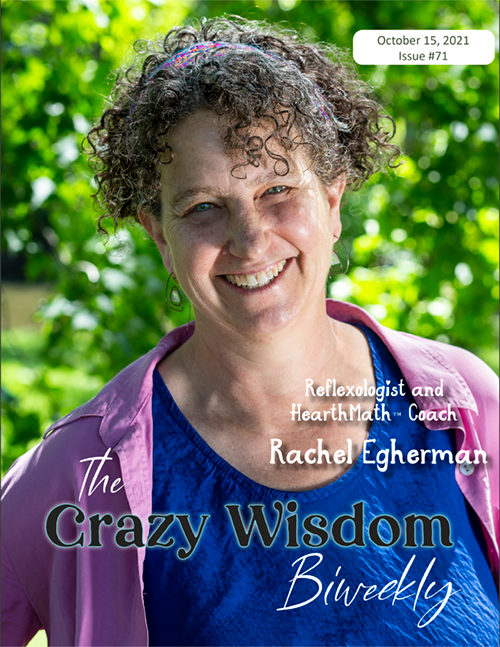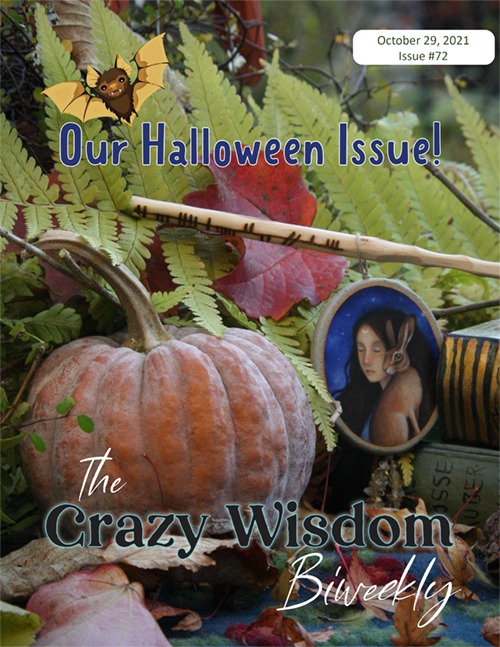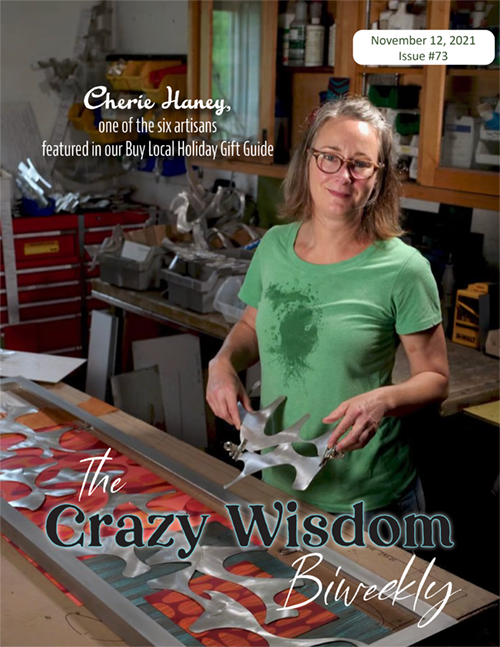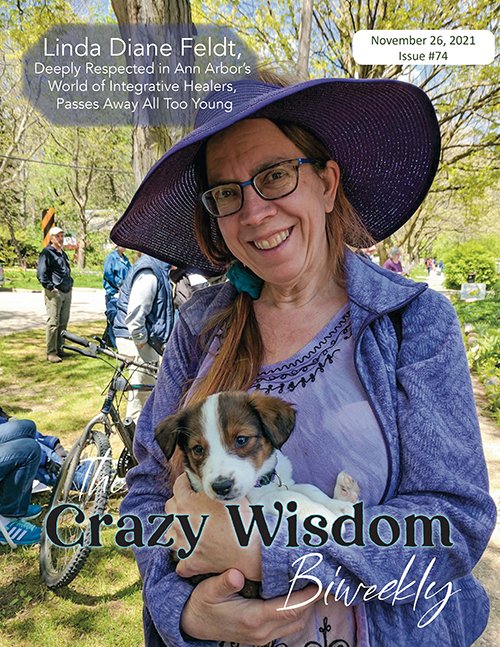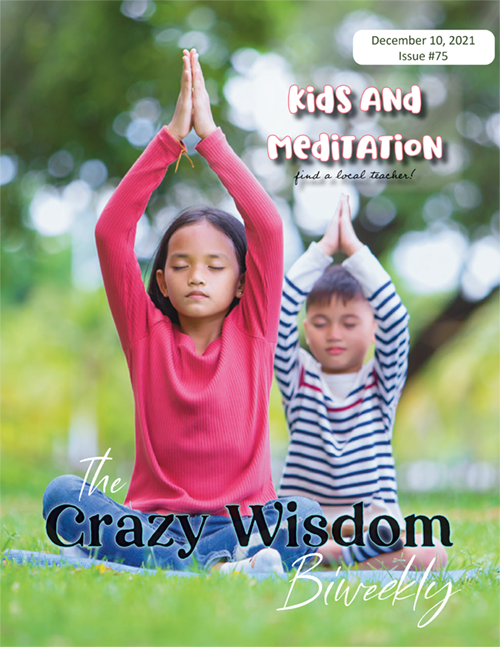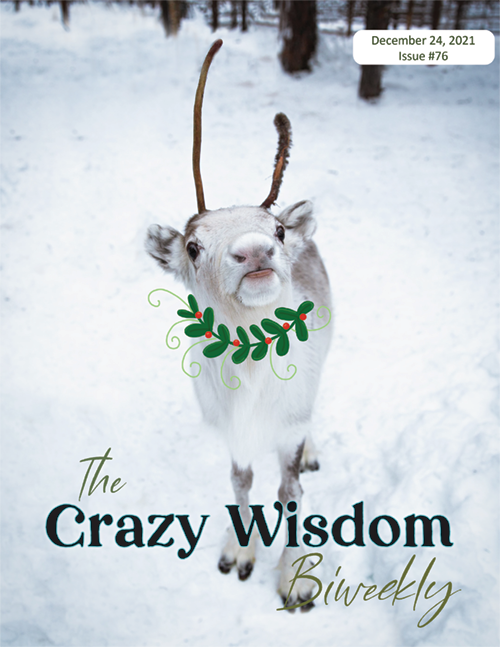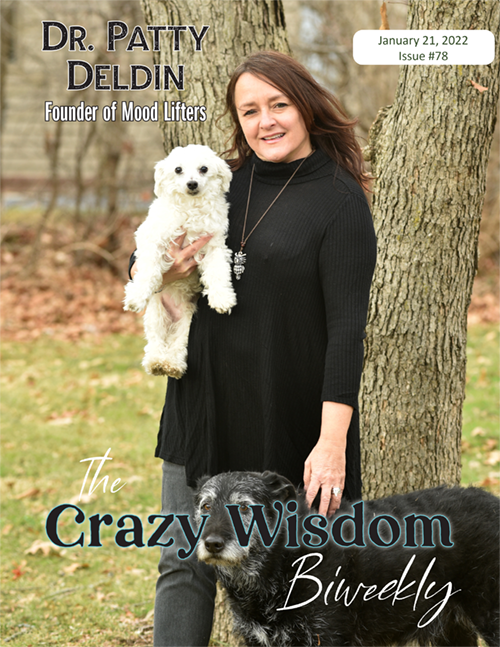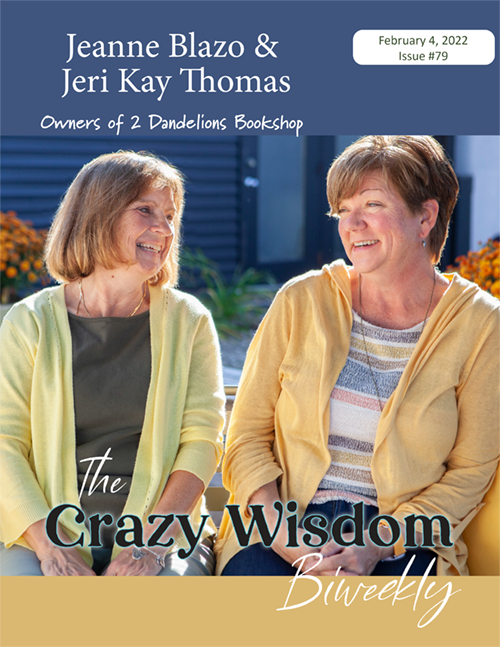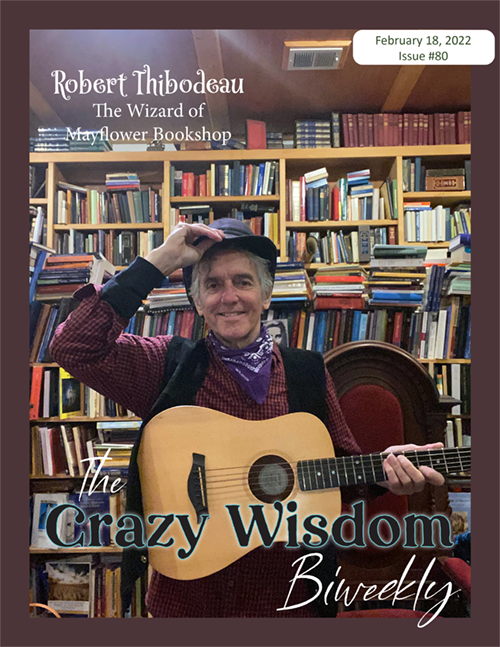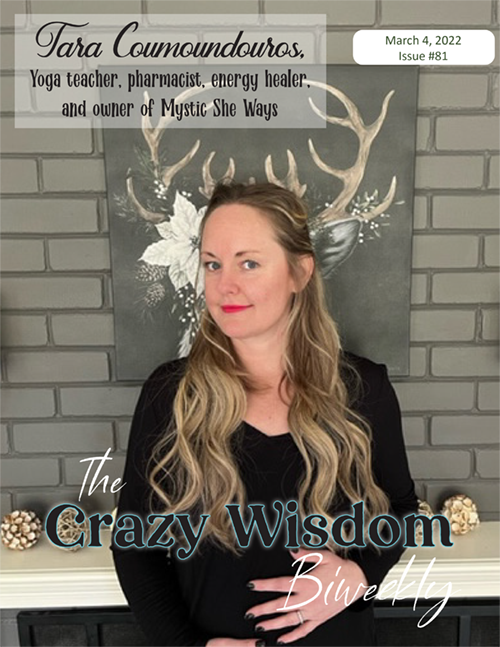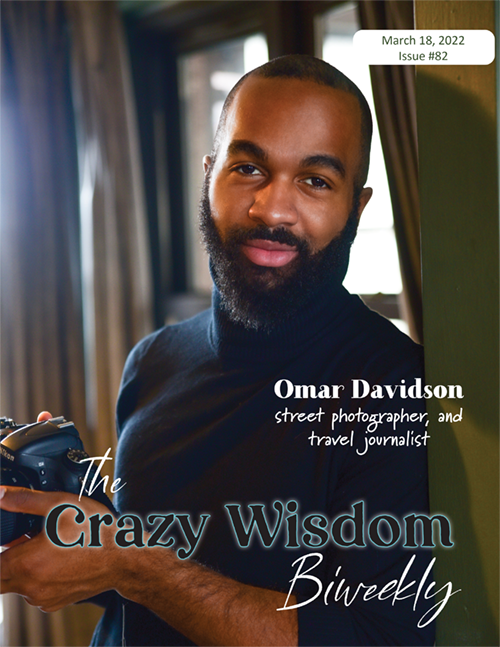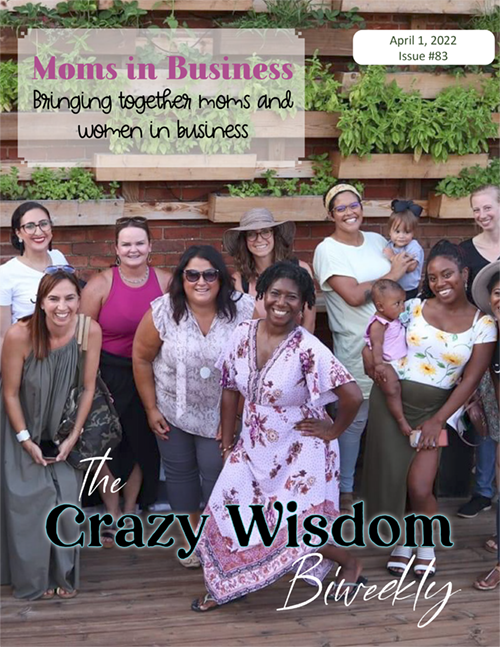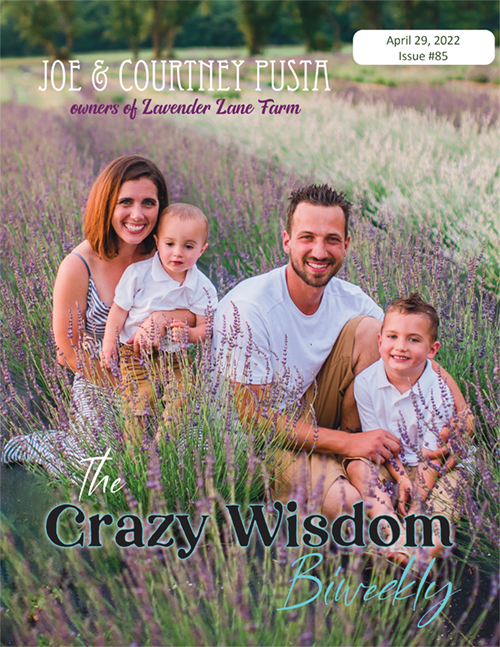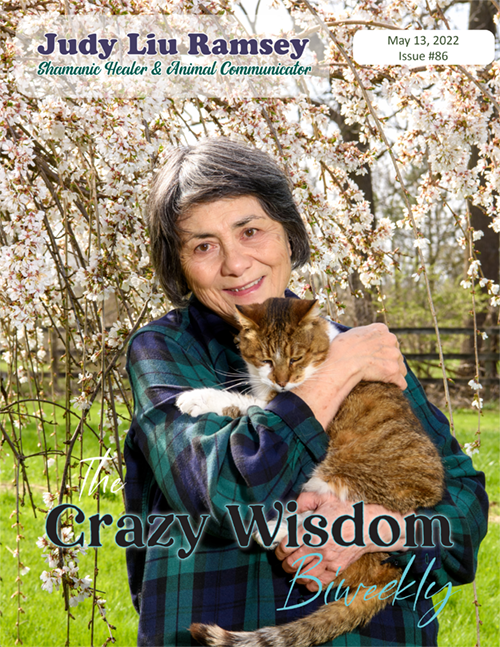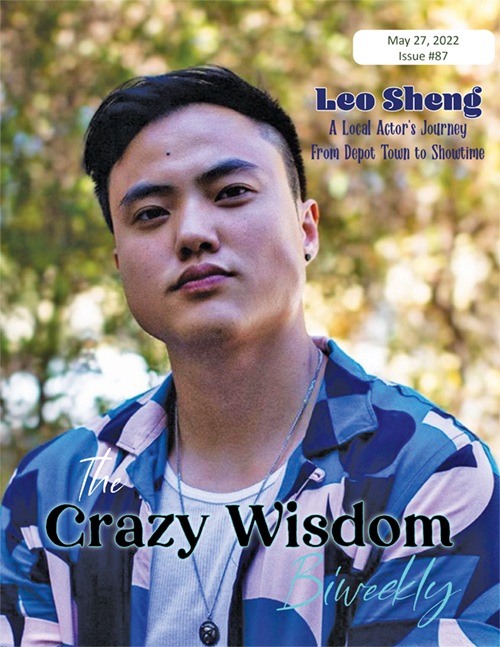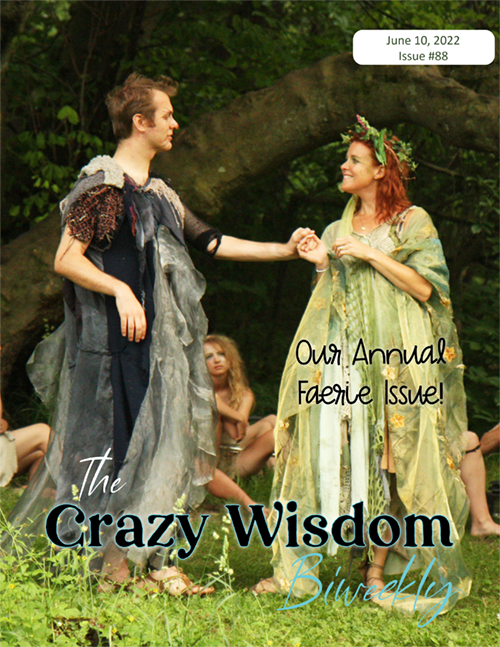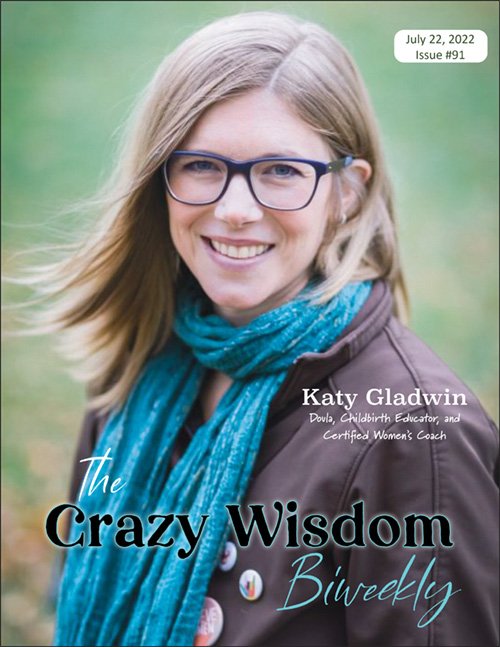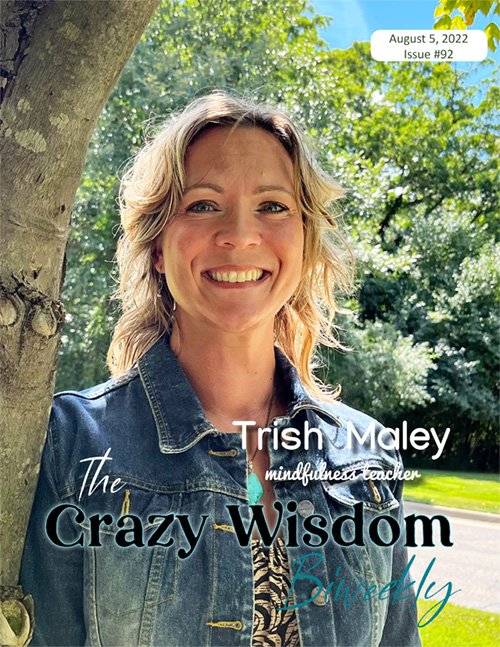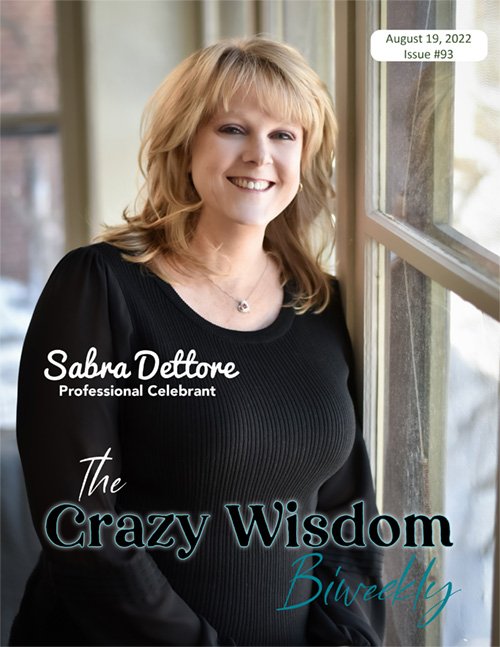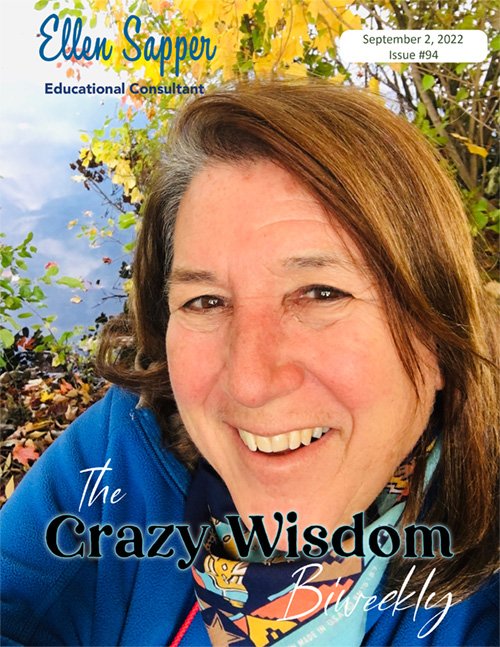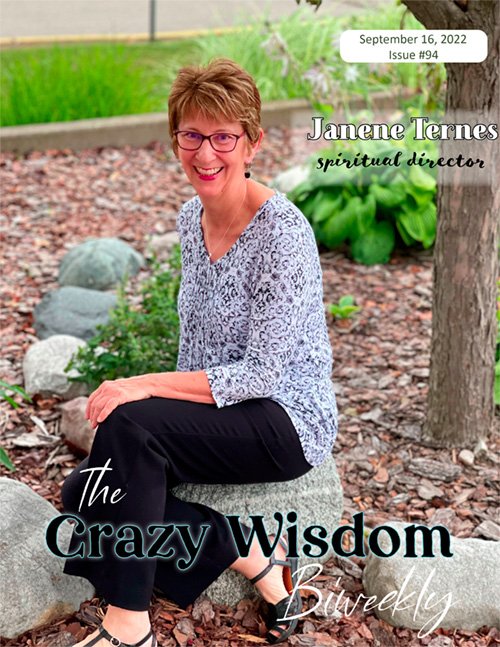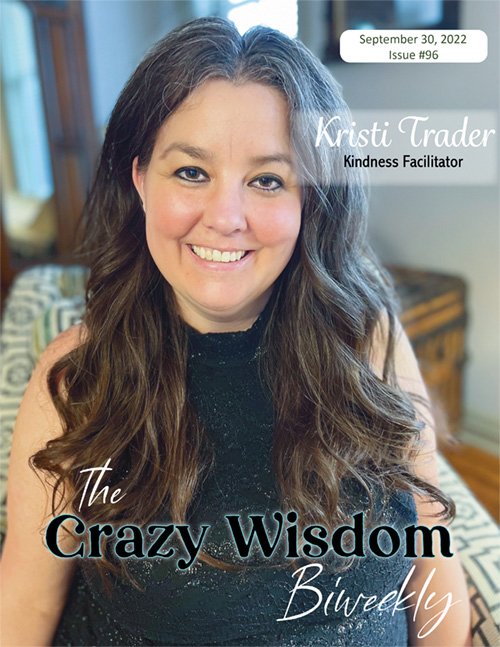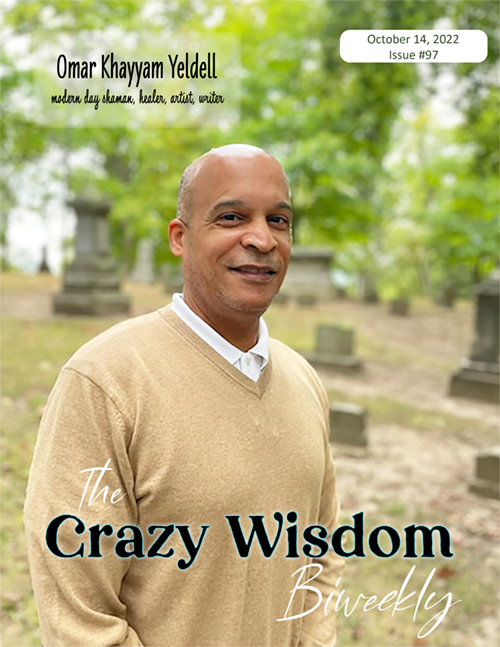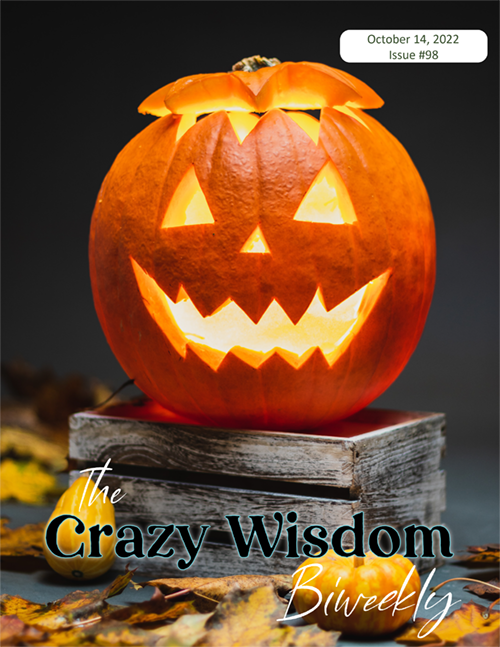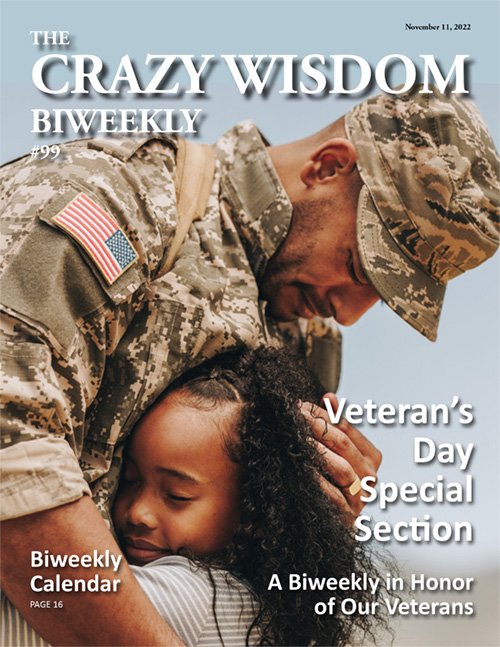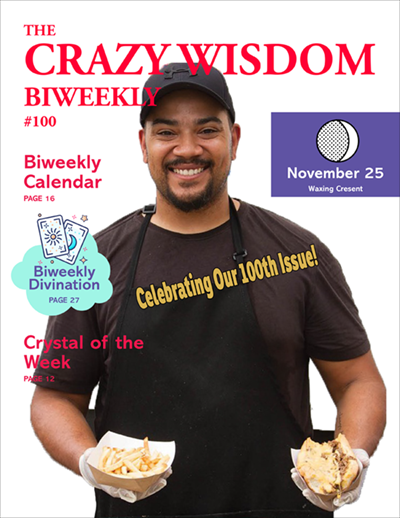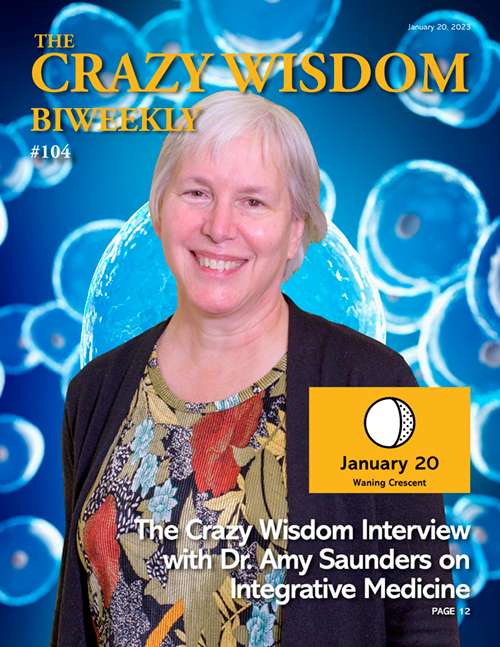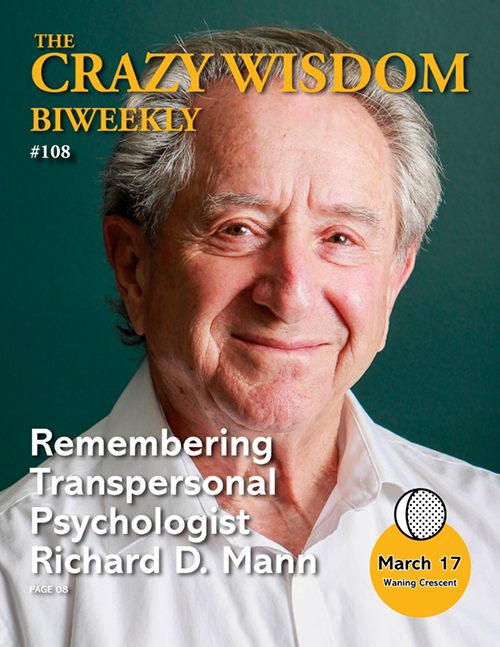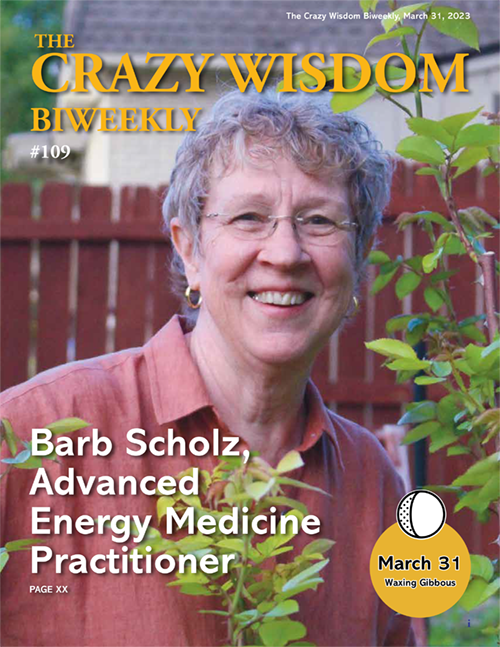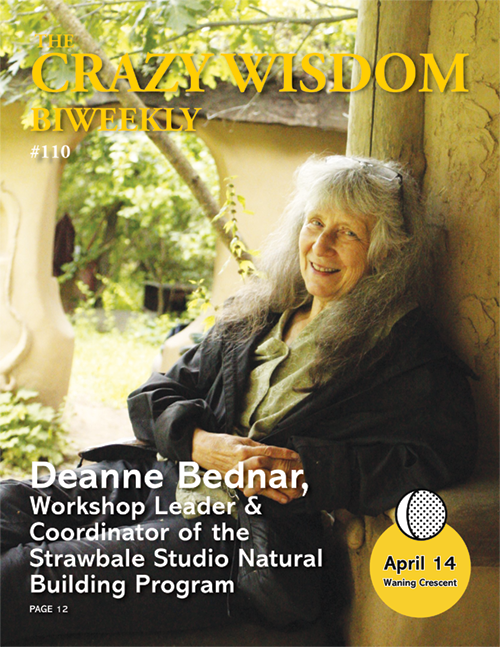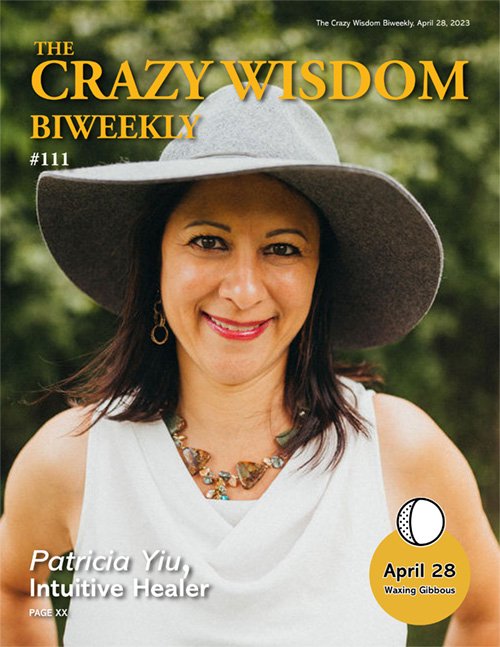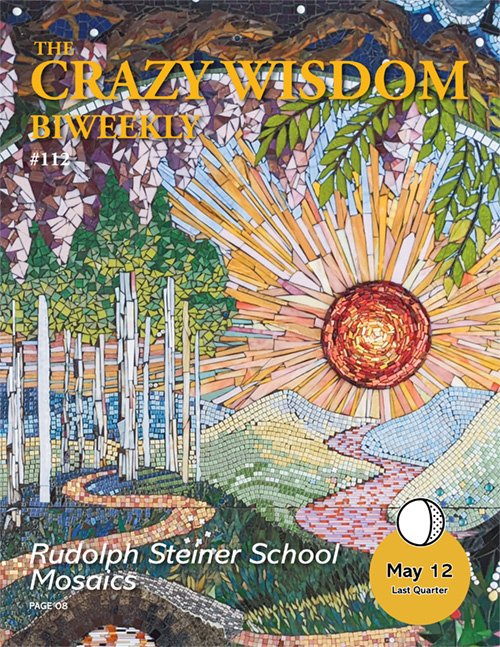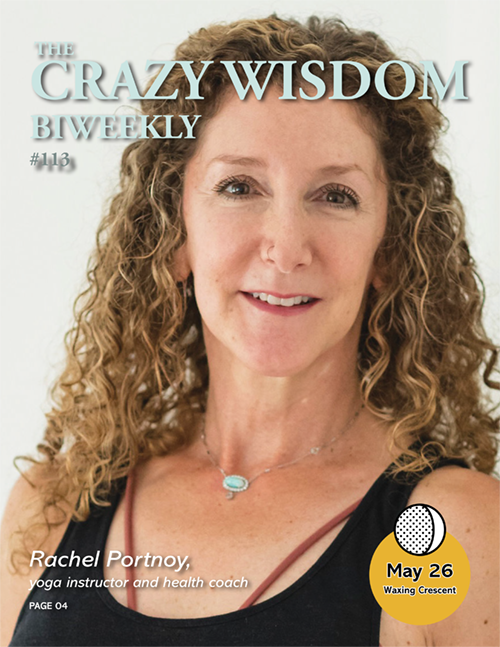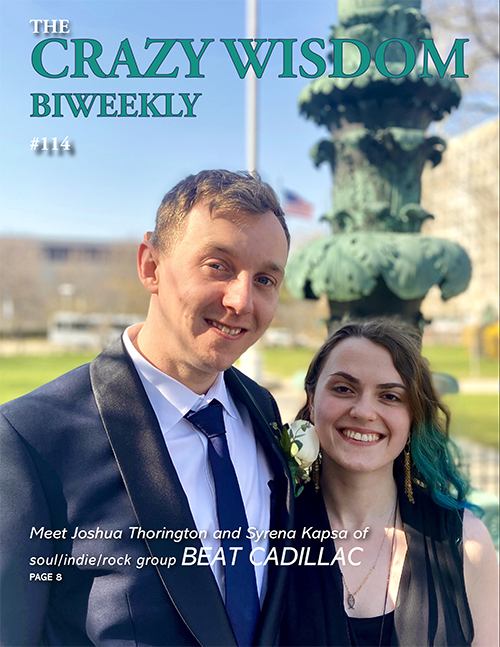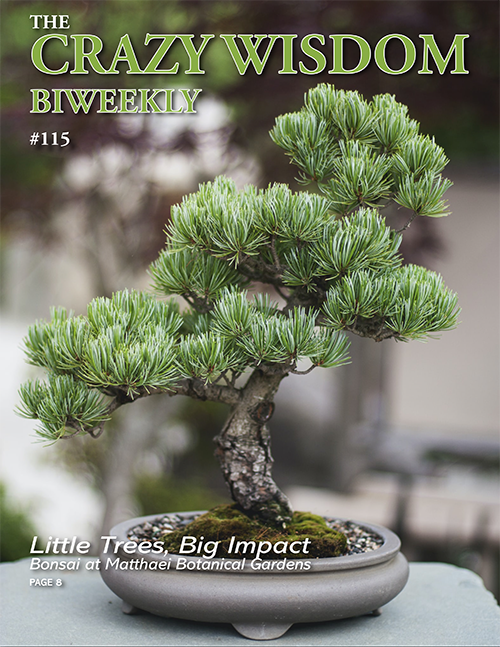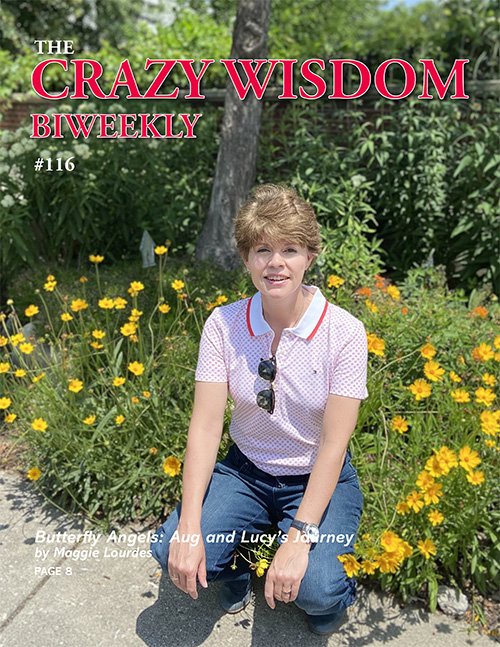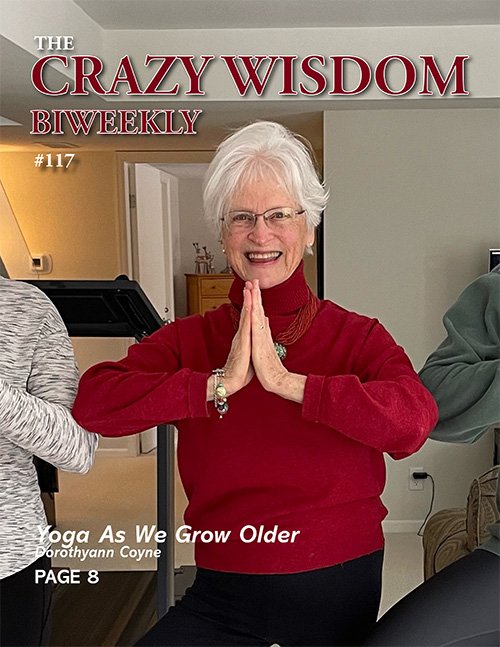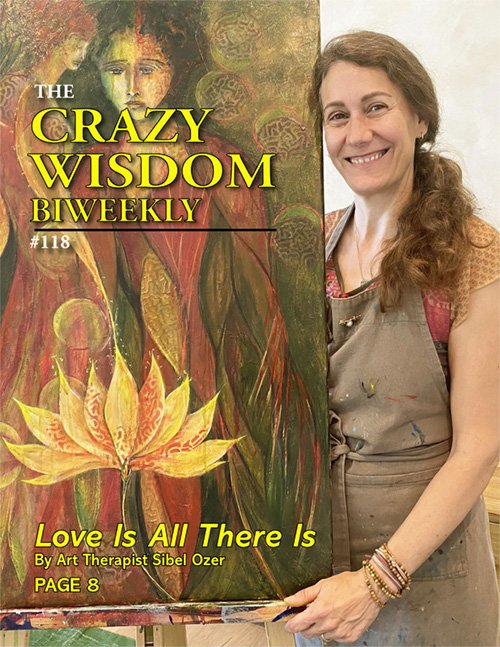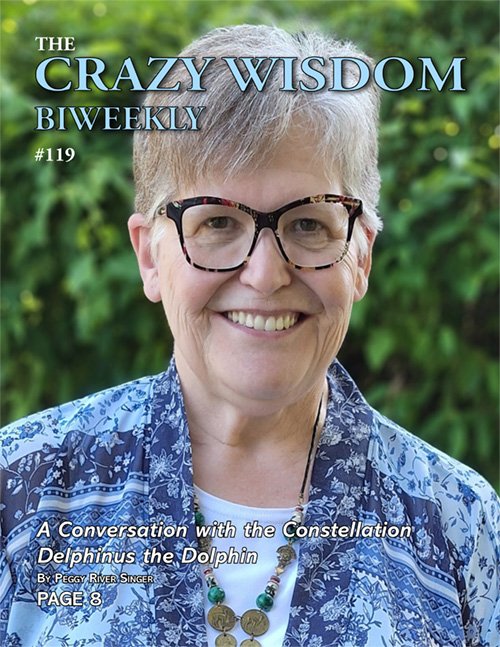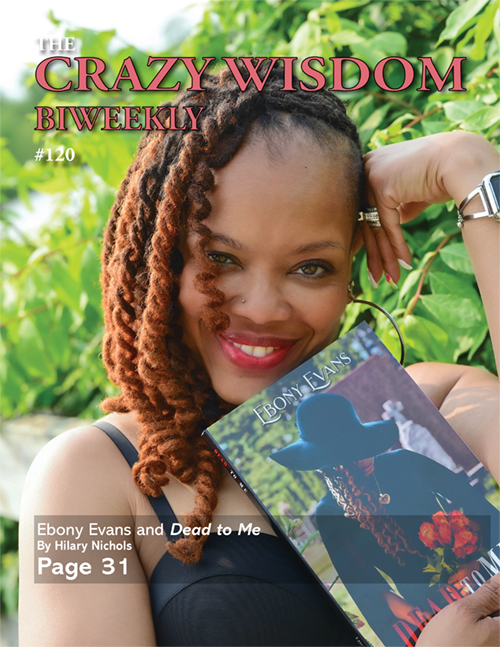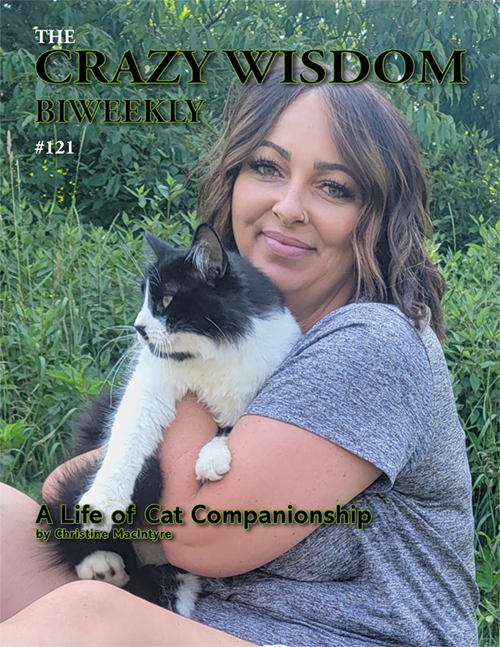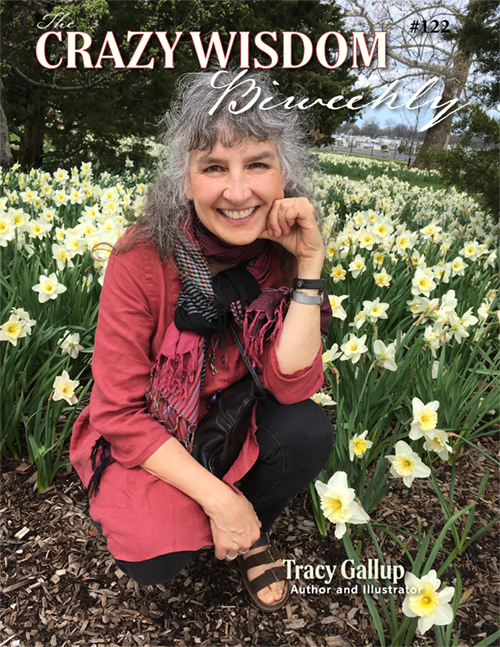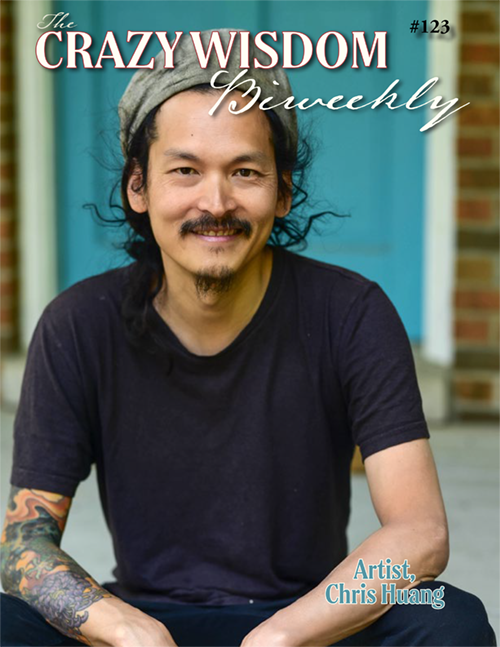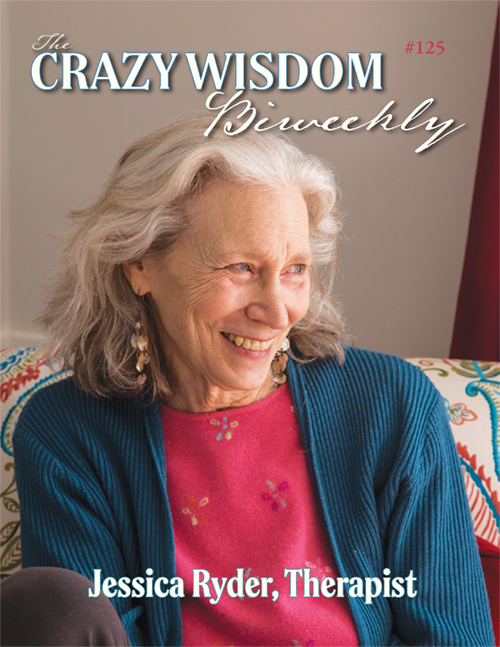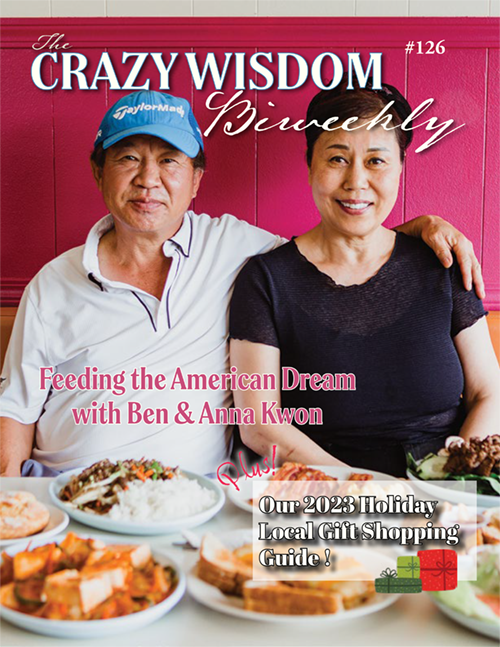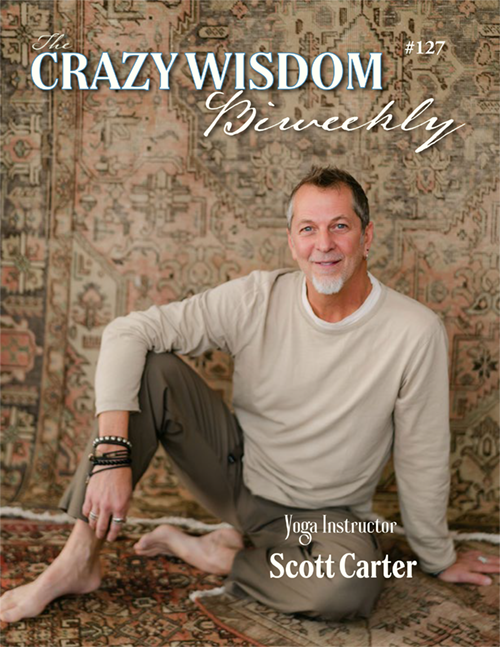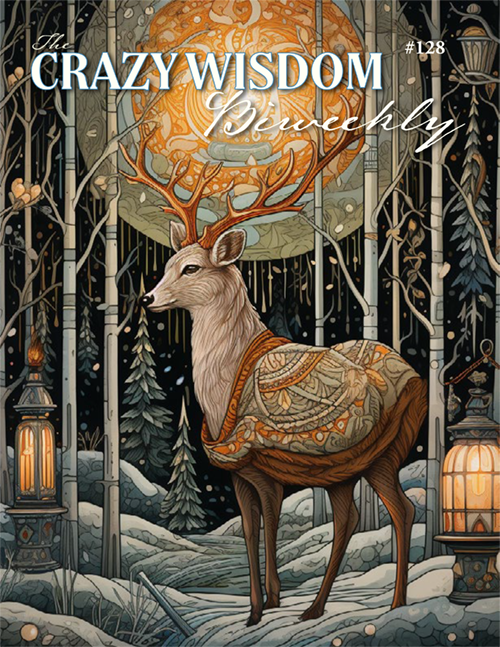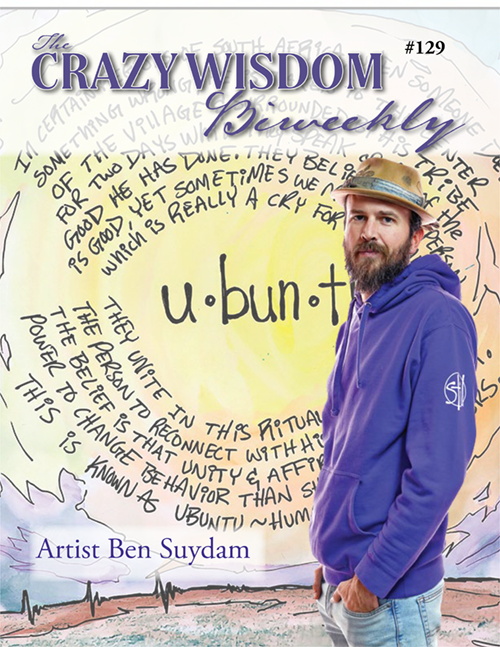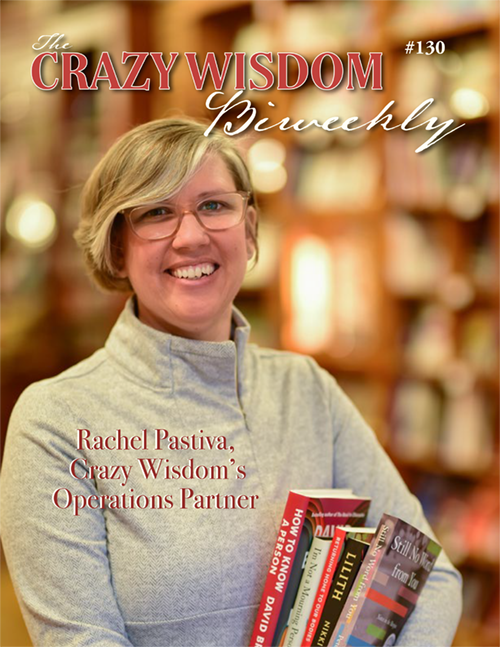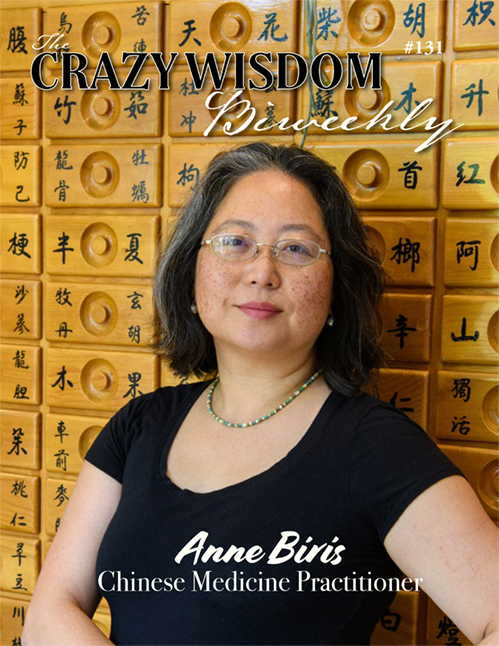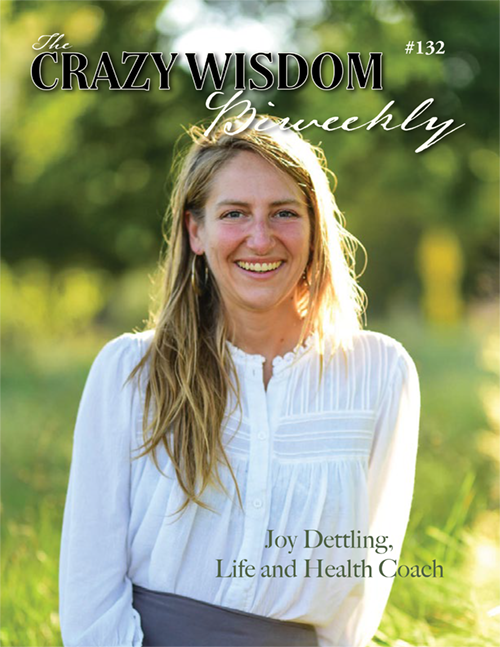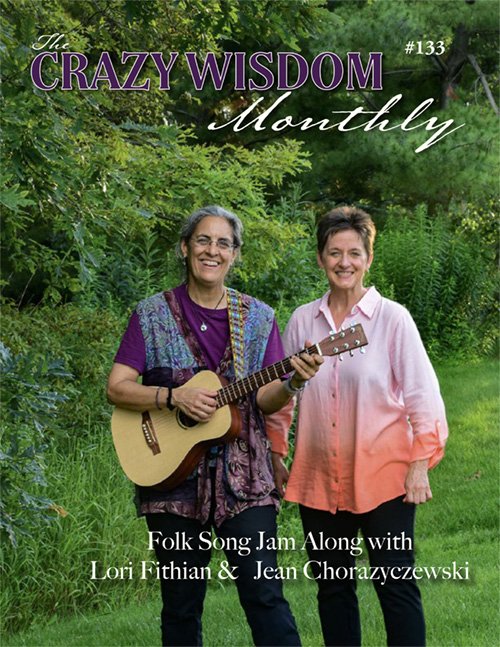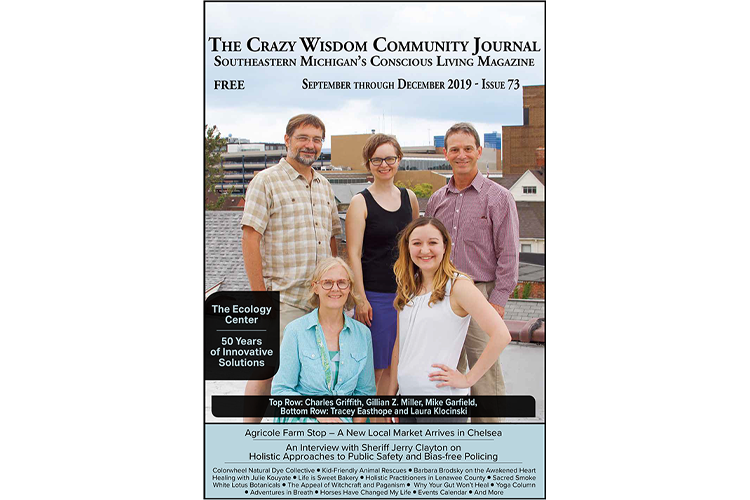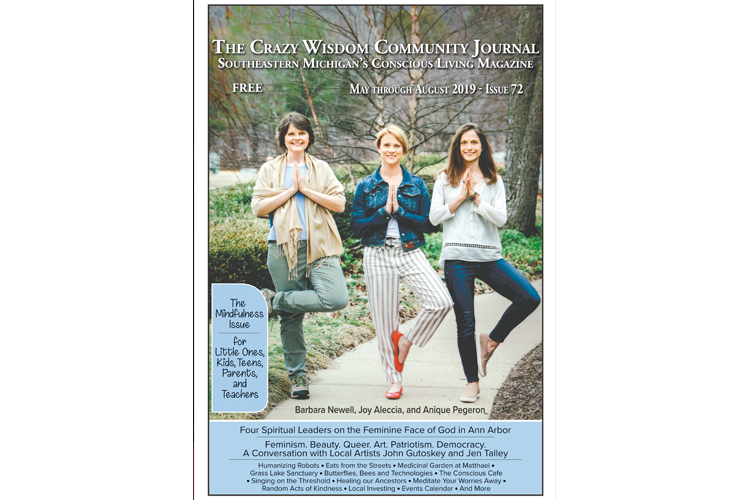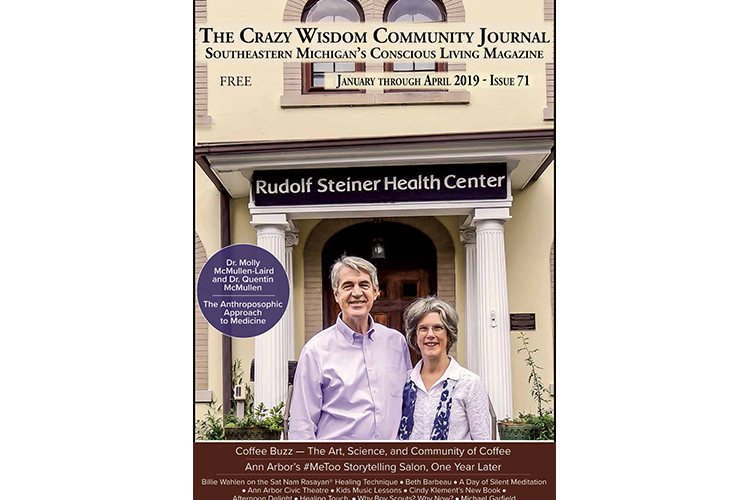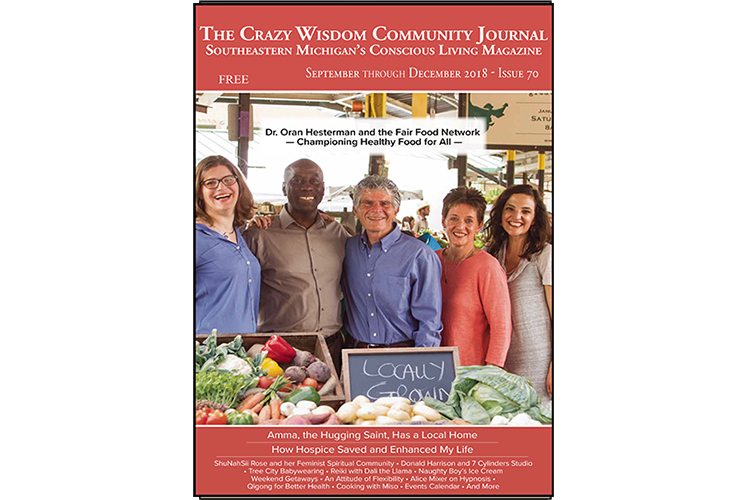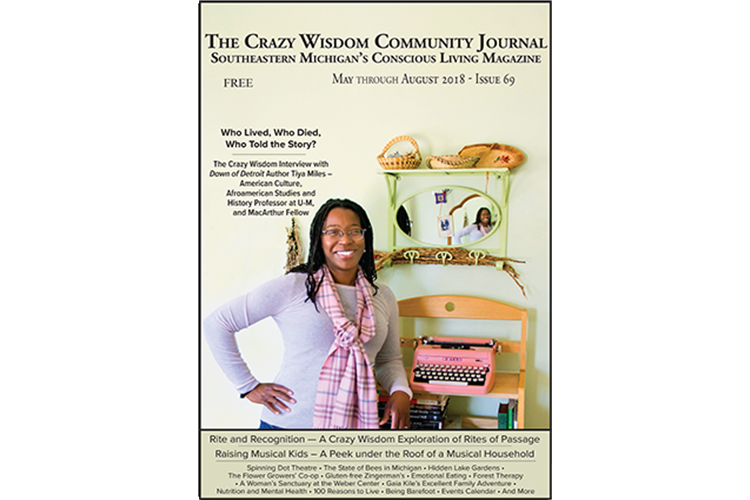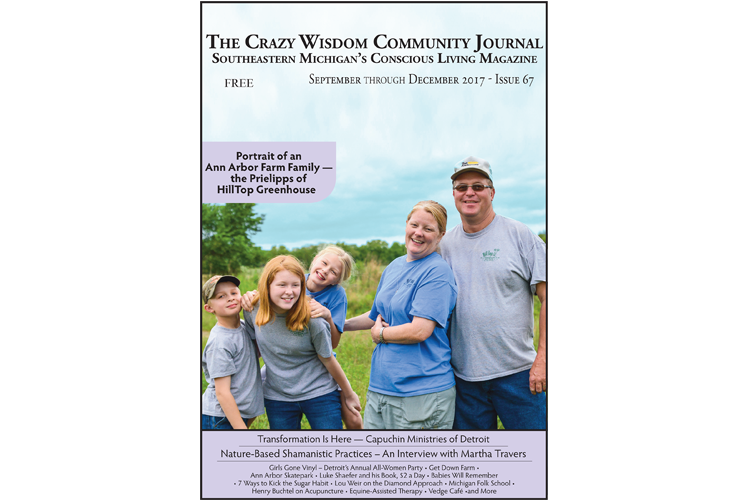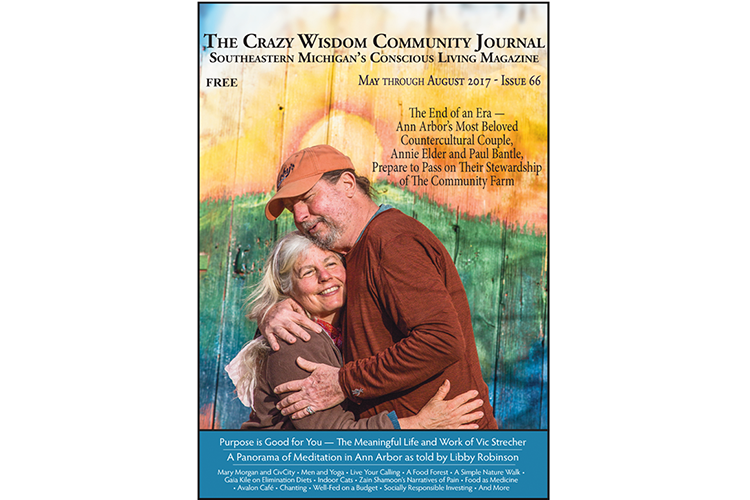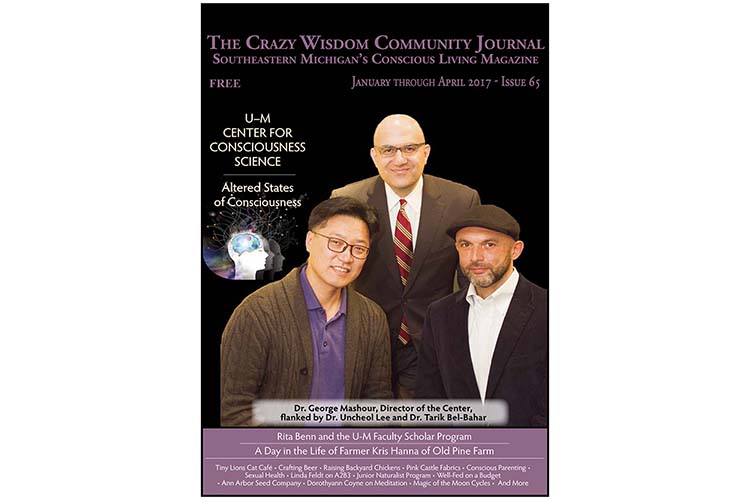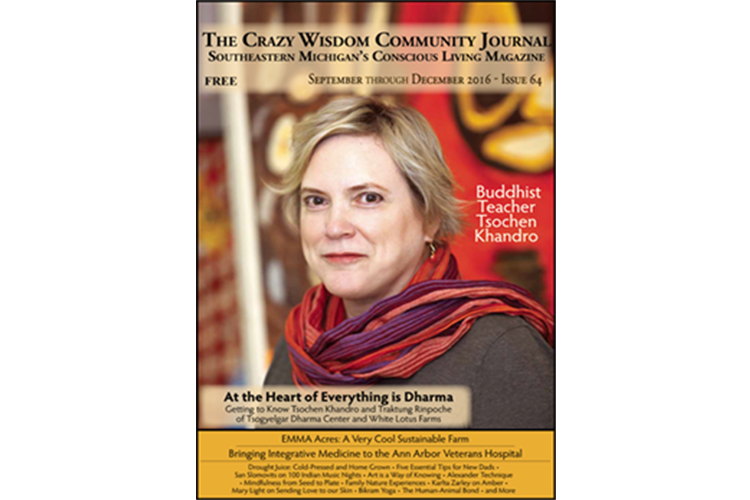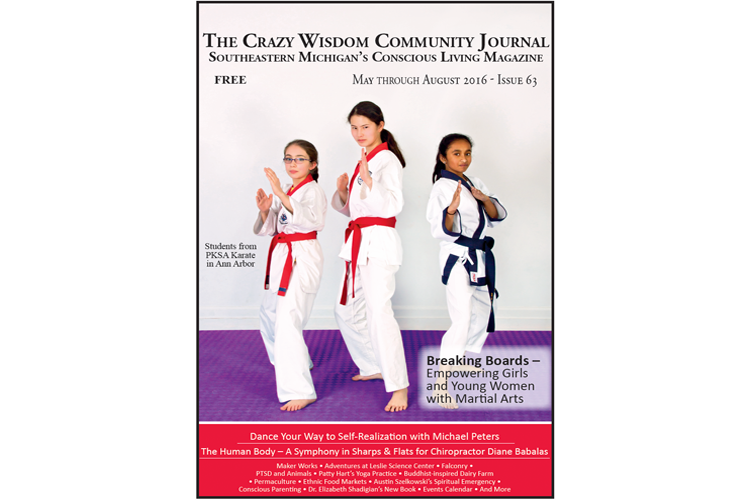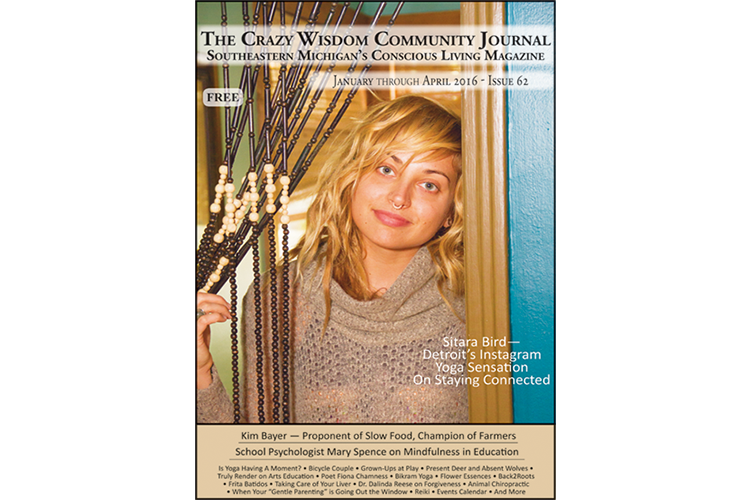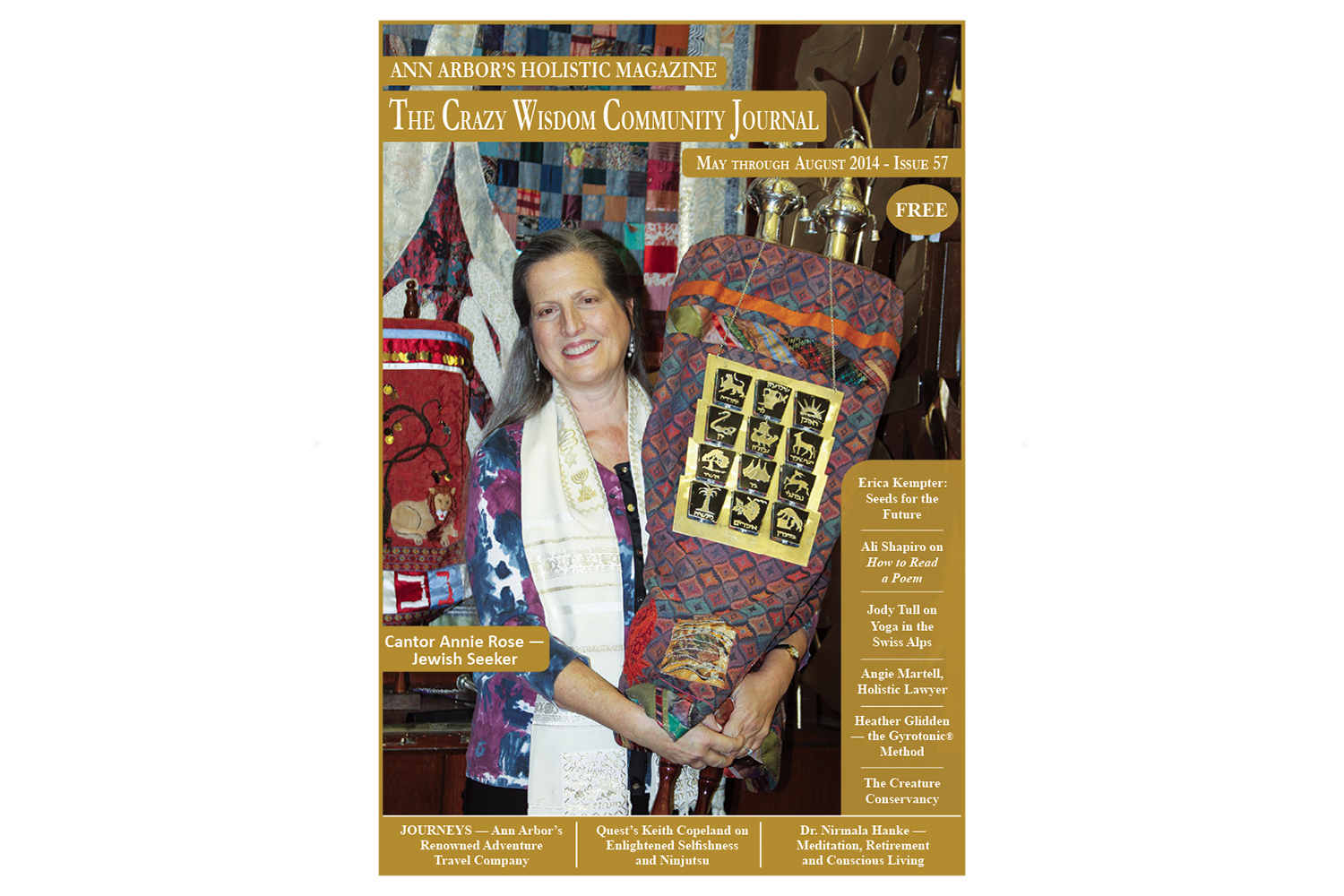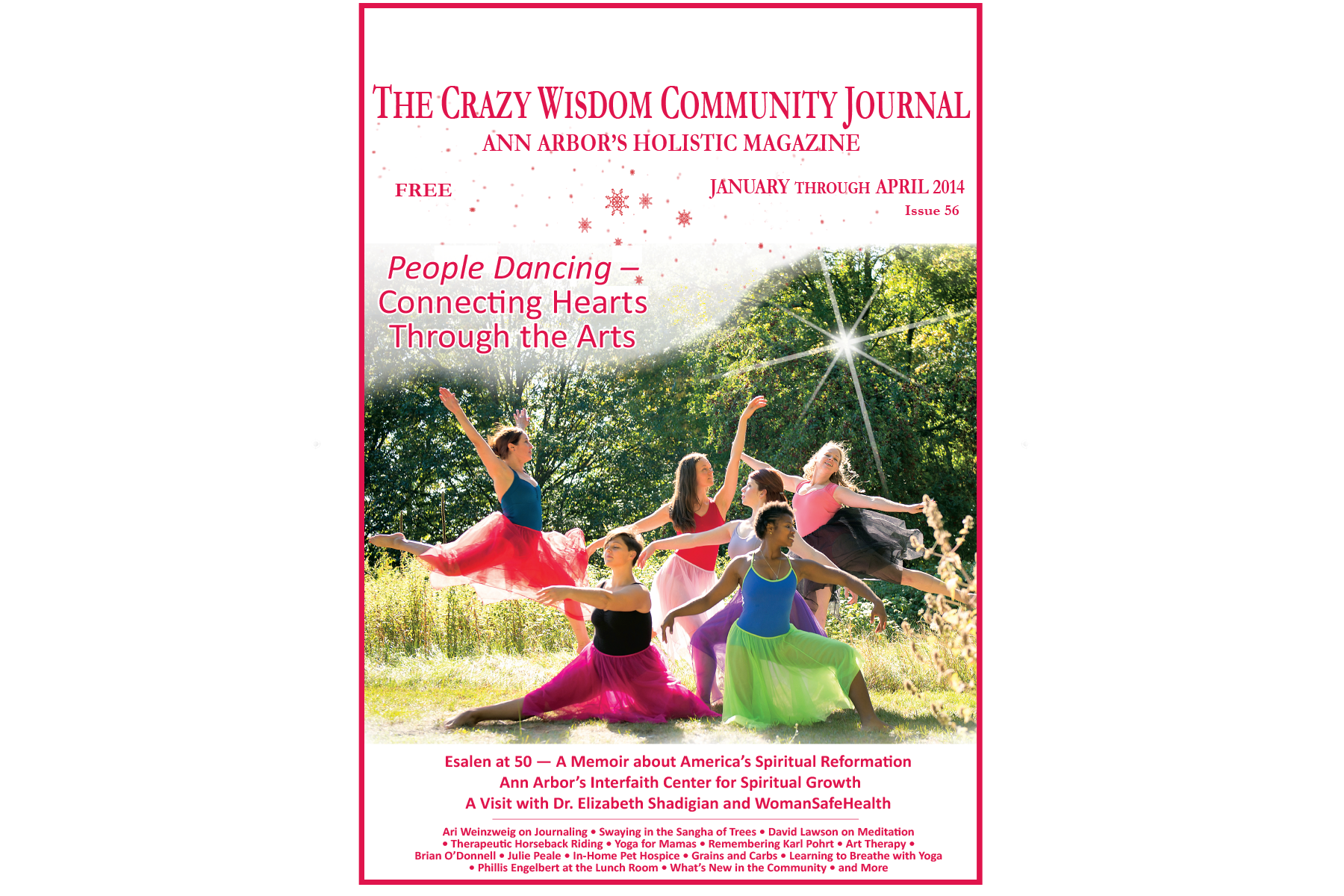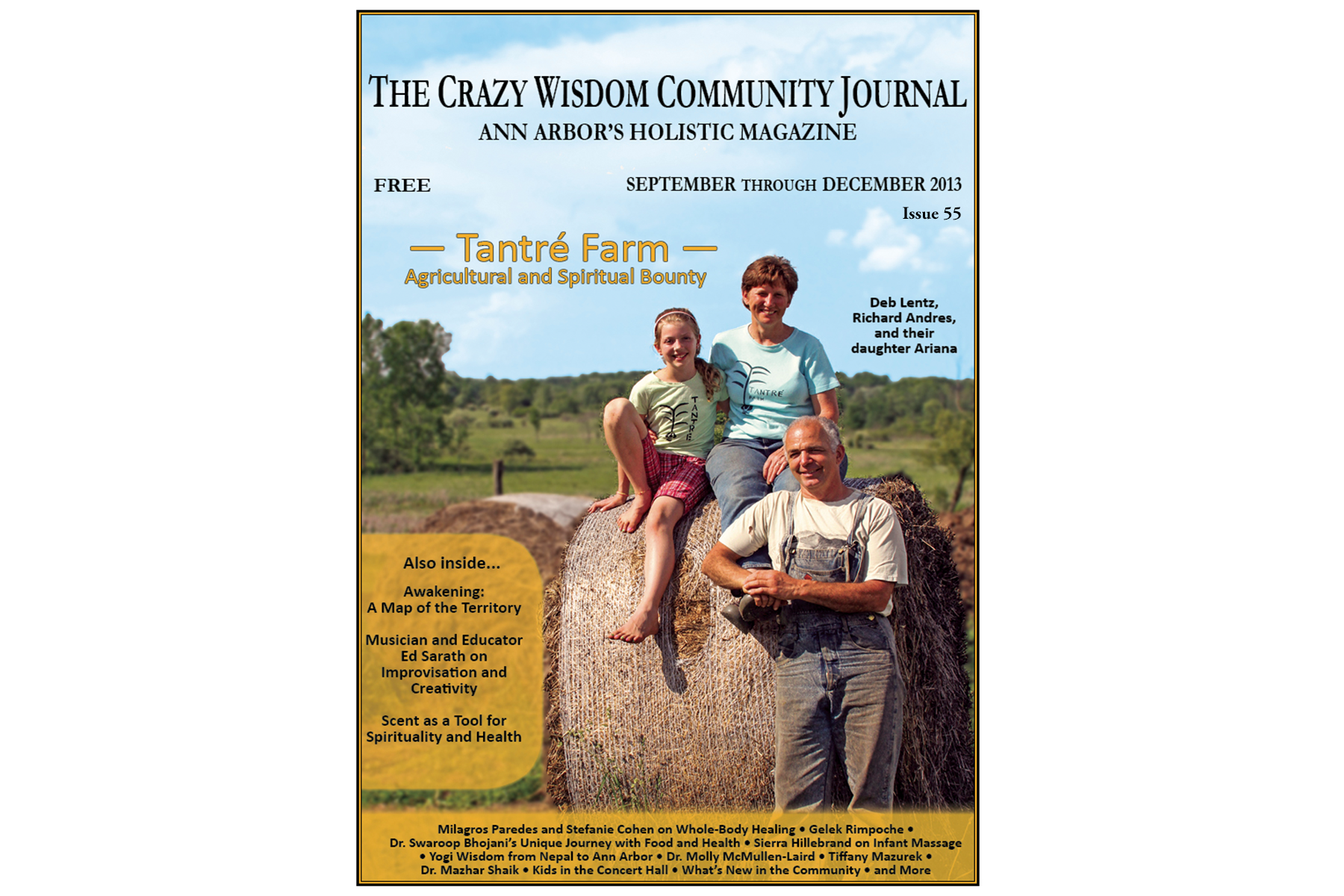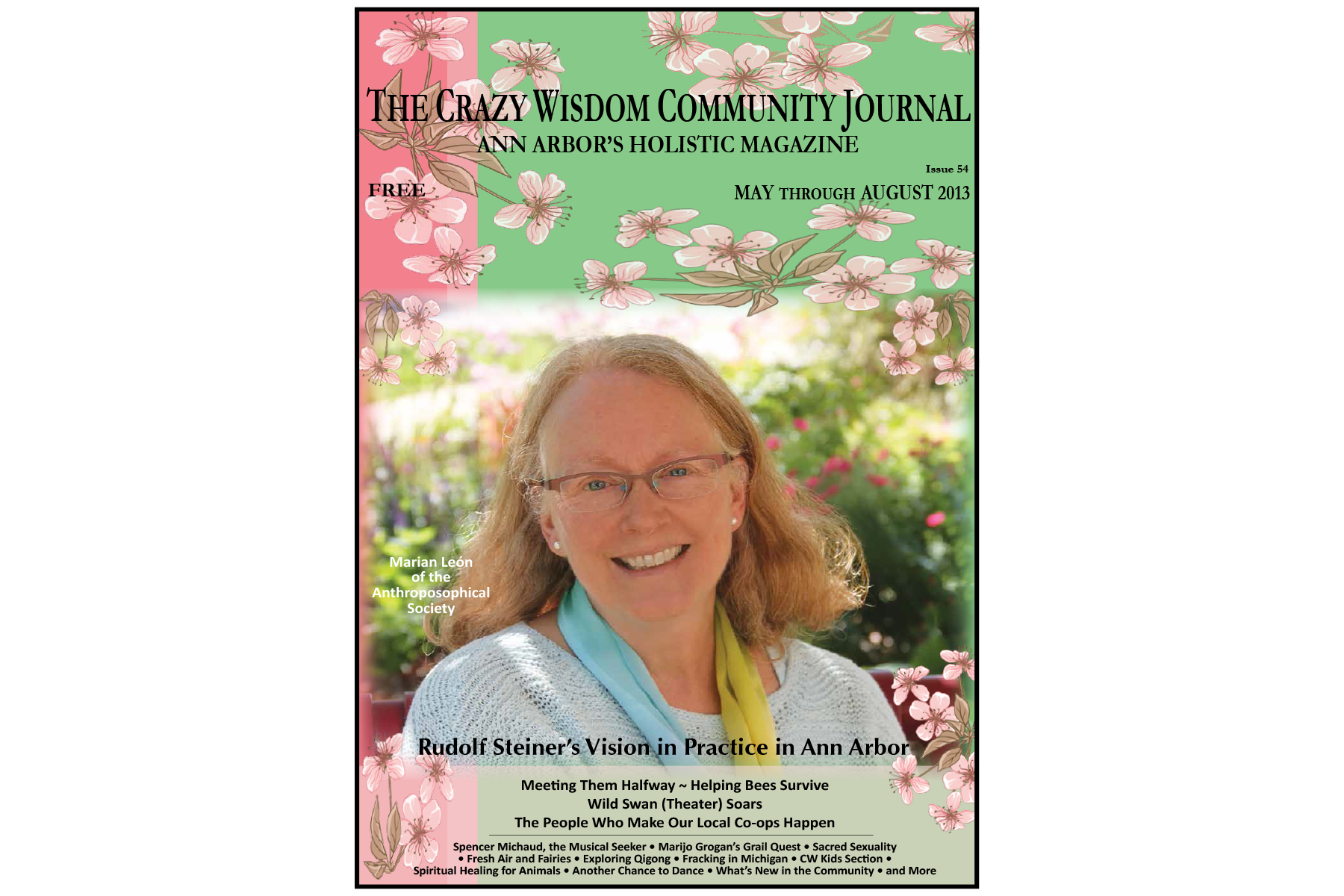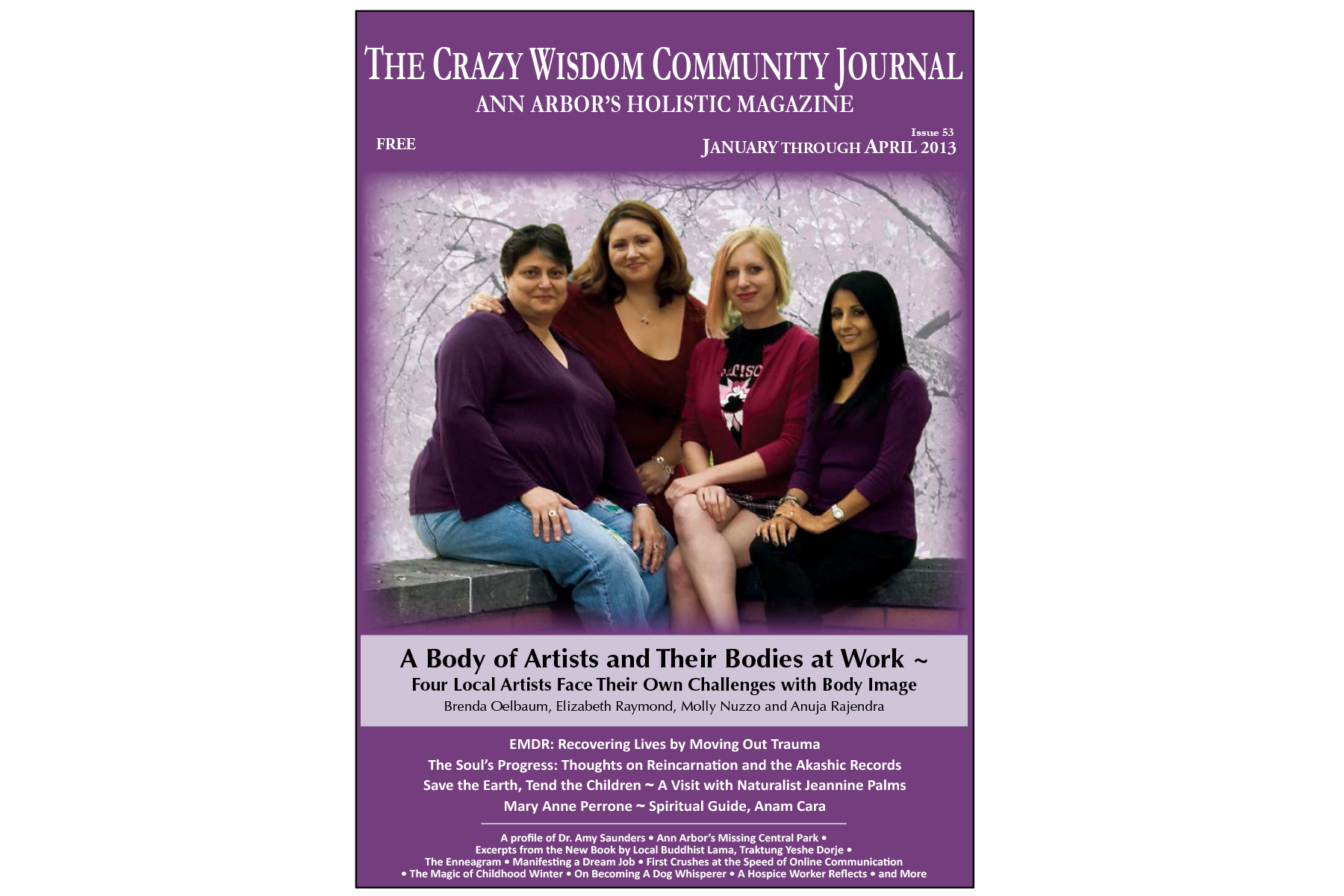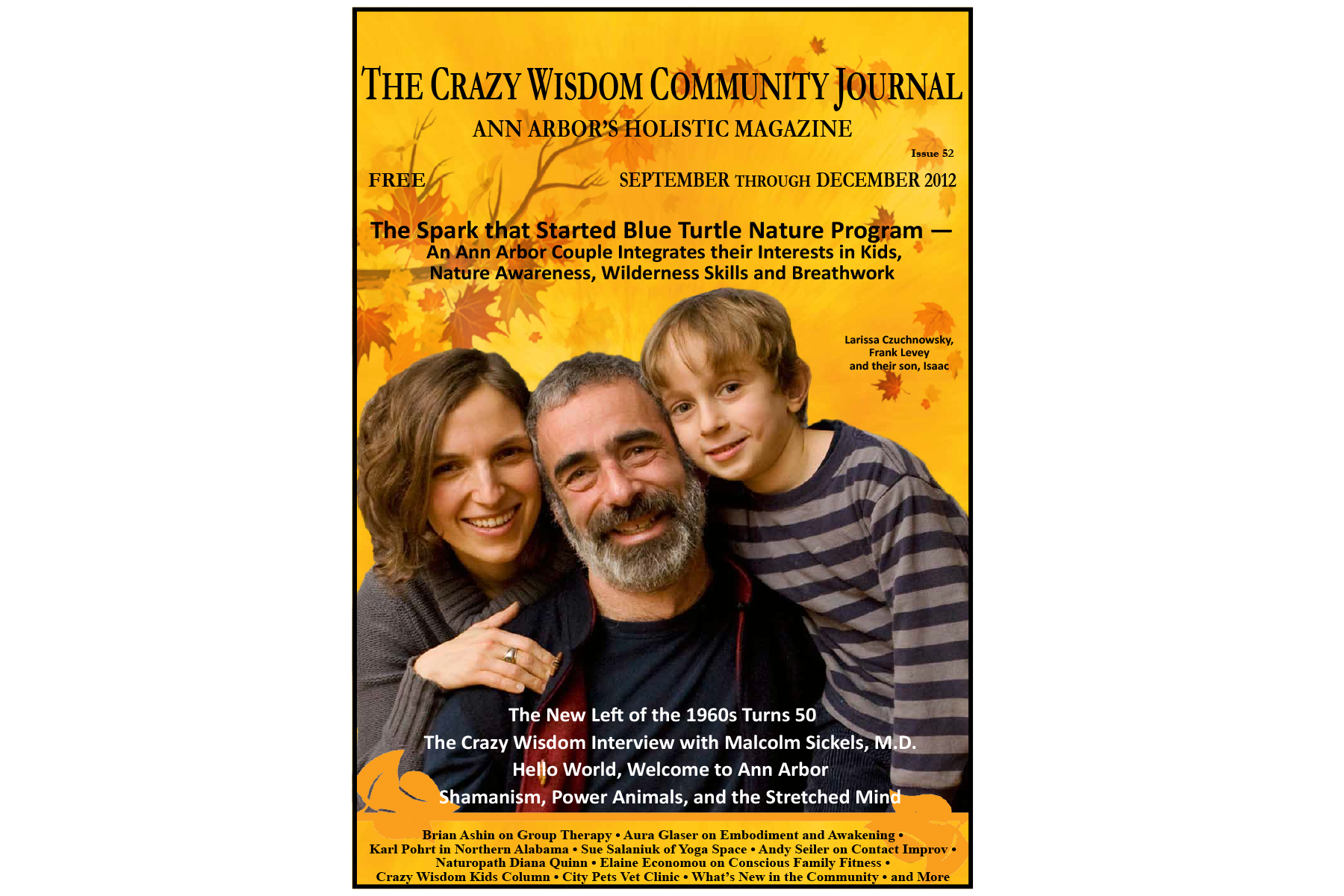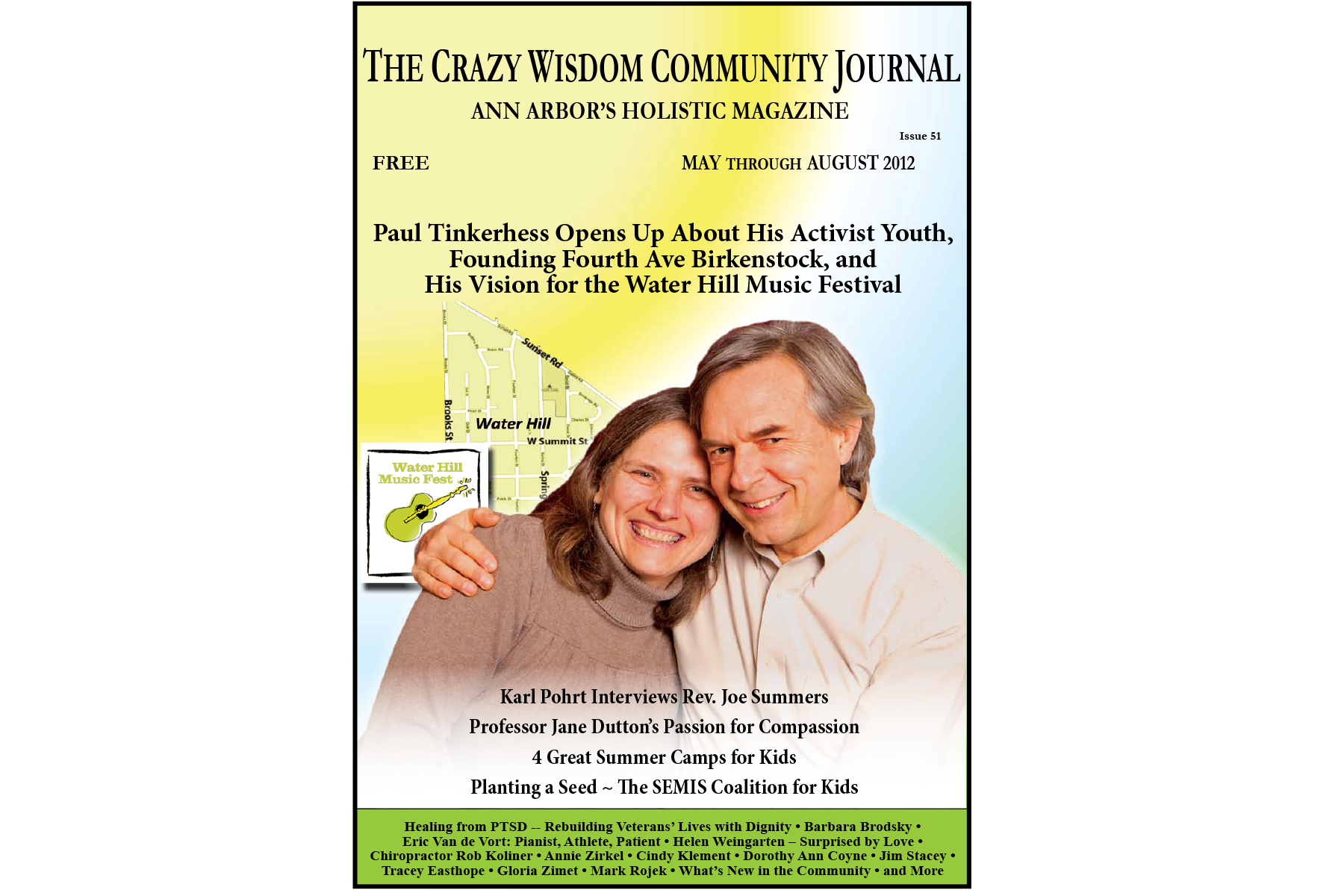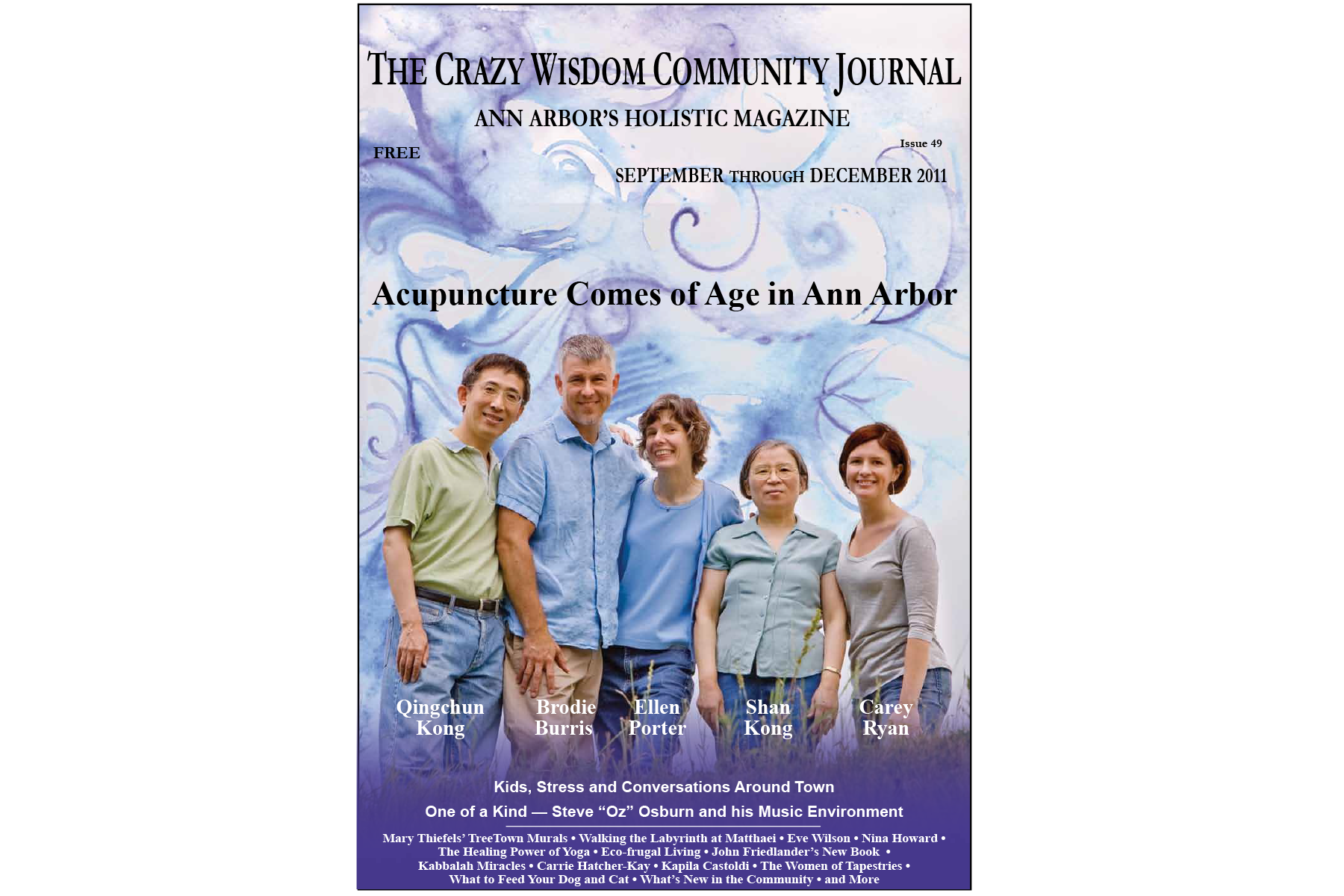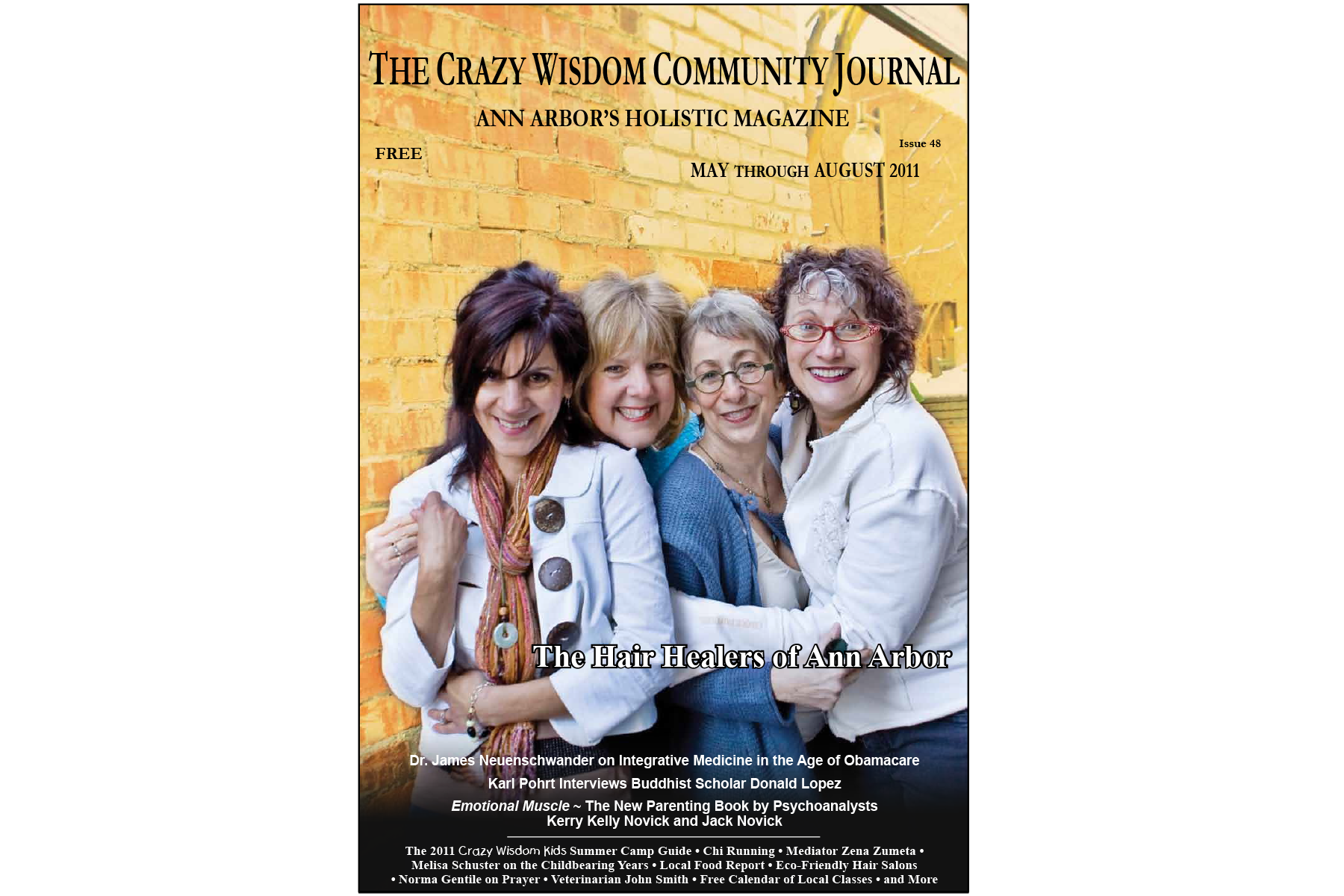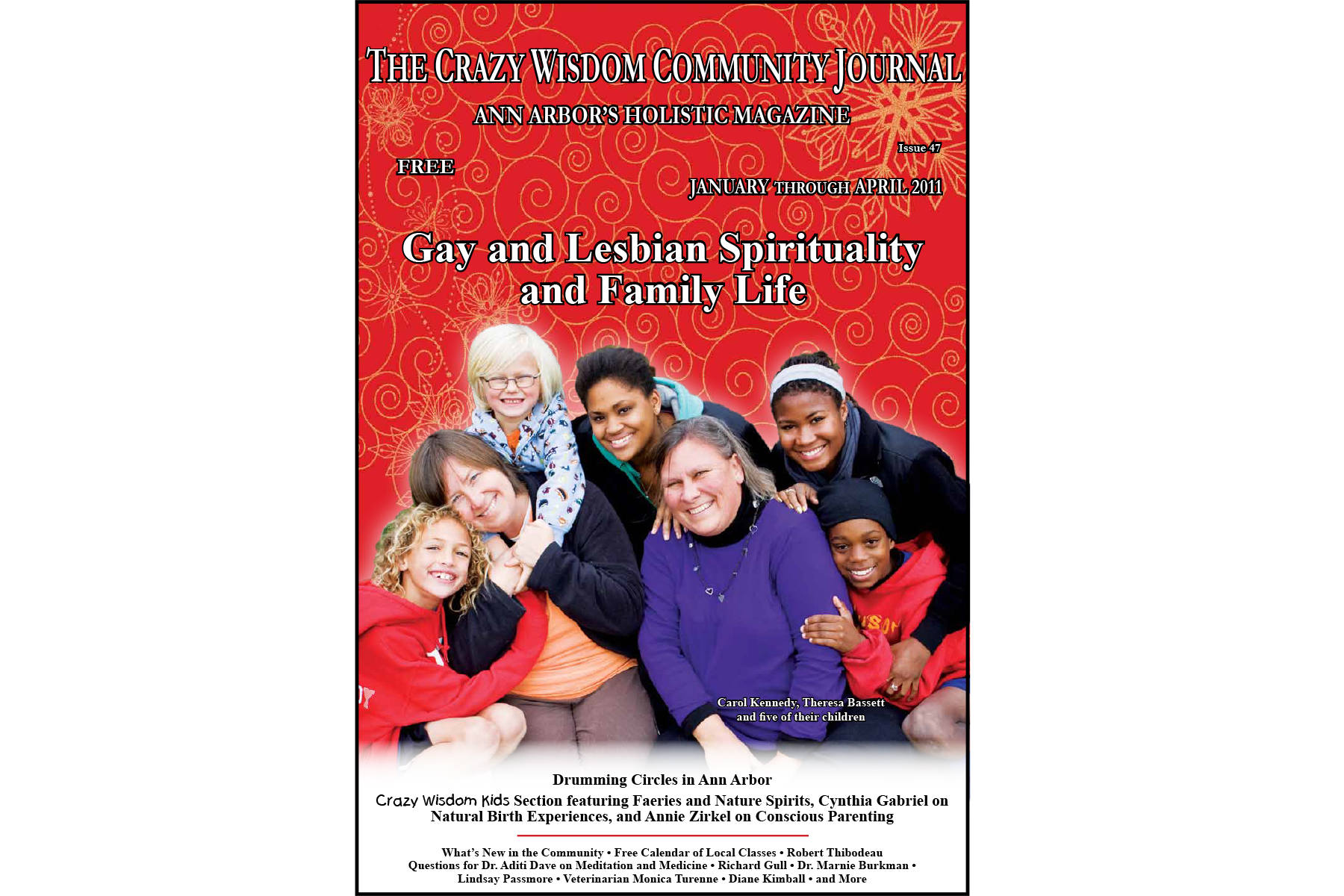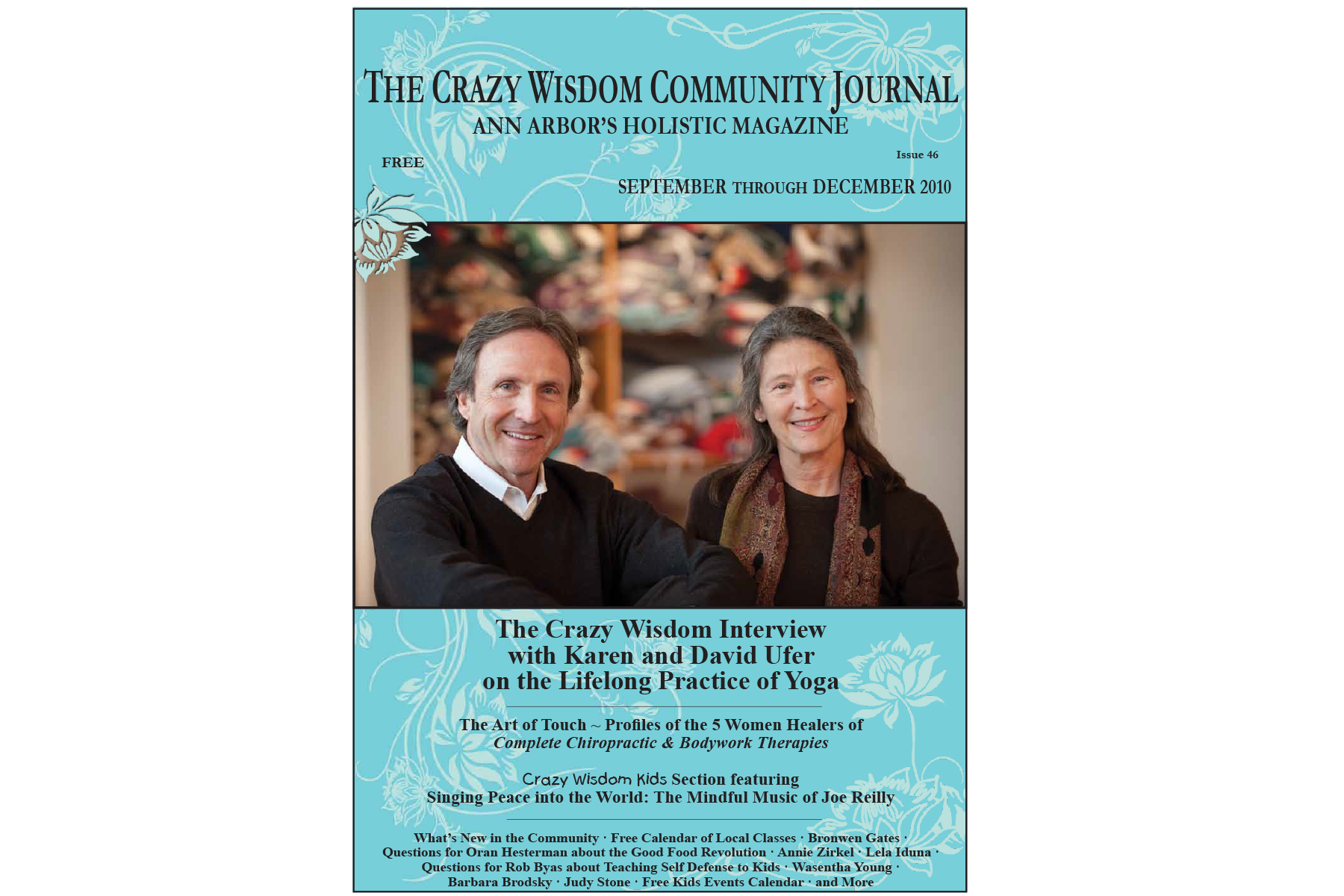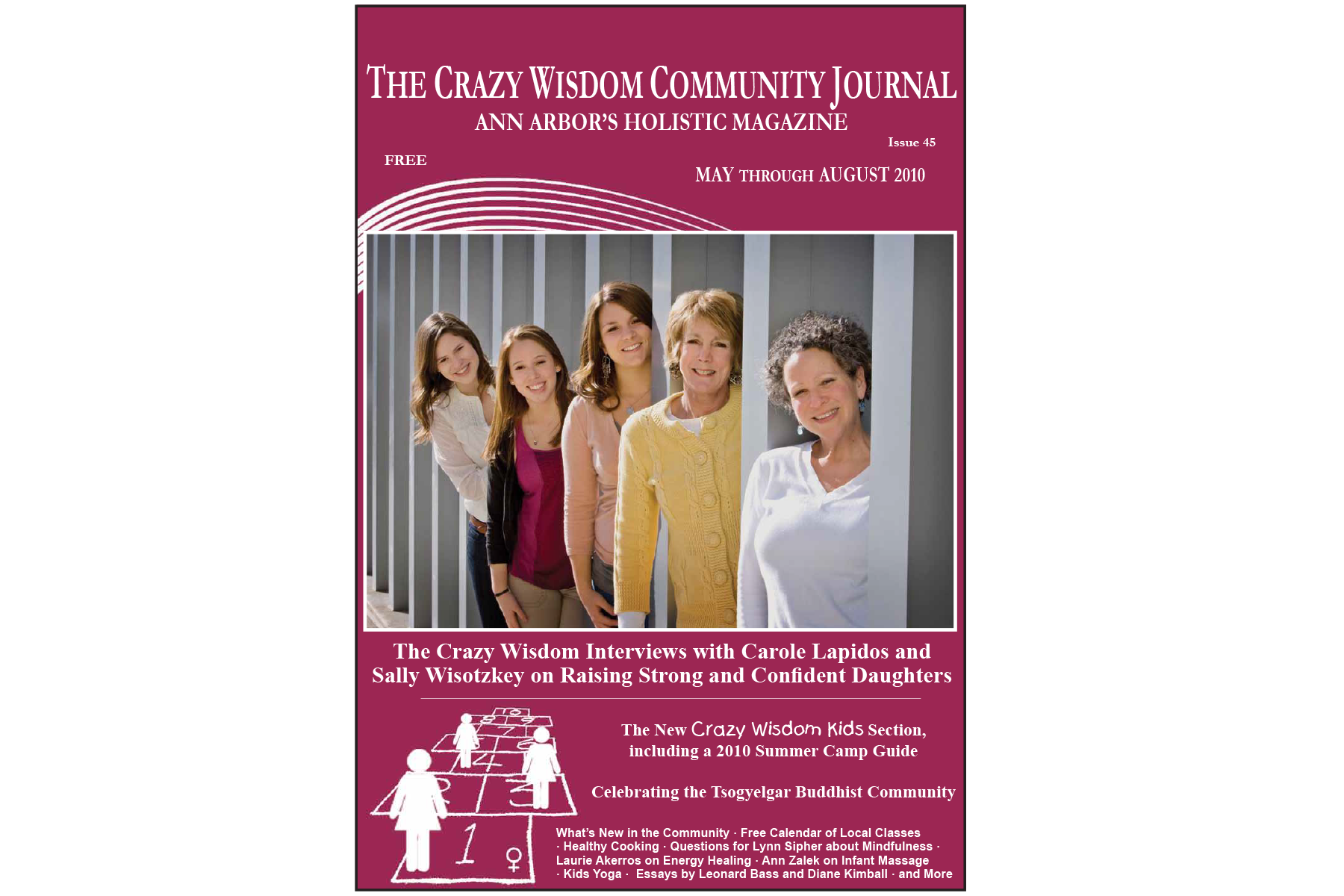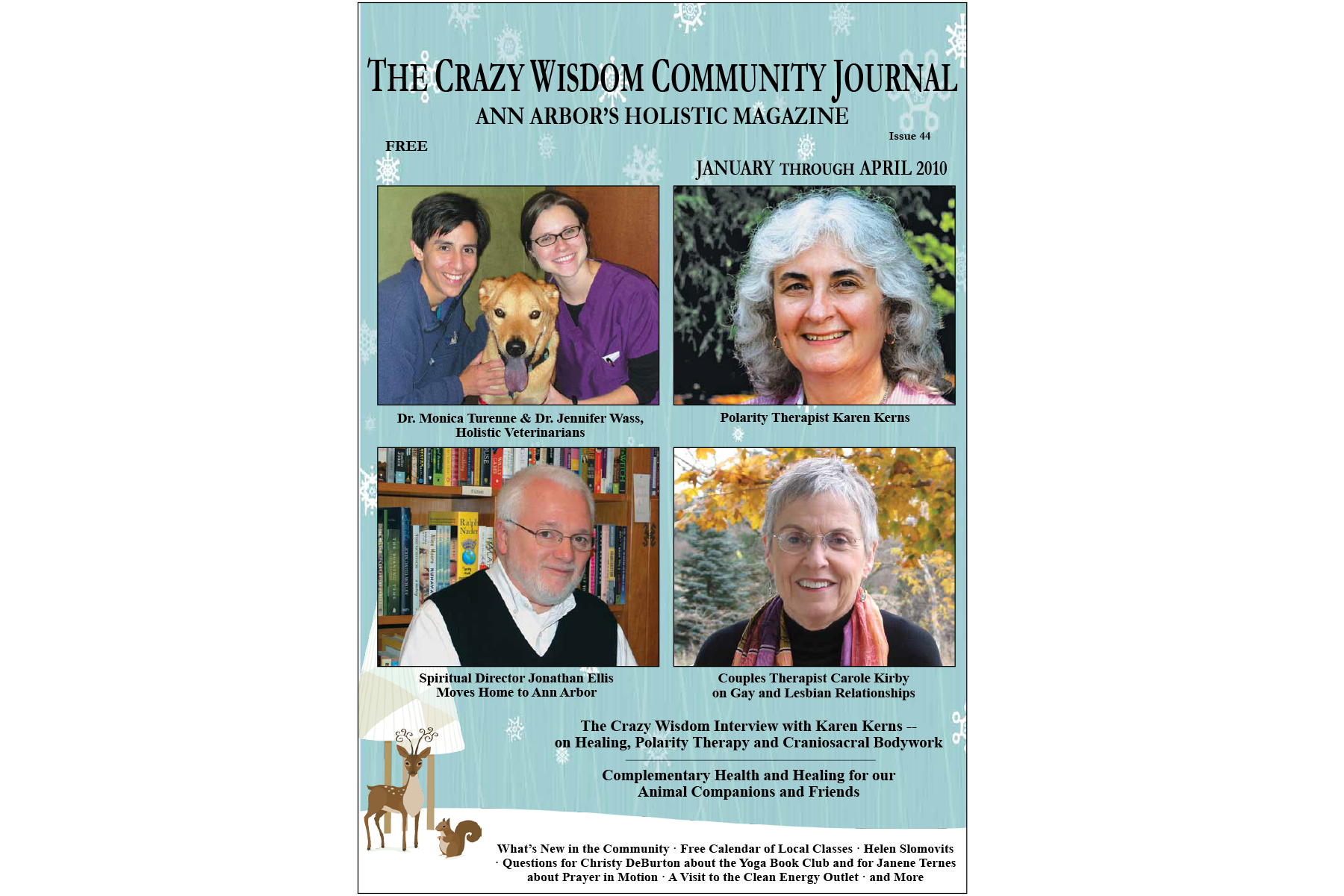While we are always changing—our cells replacing themselves, our children growing up, passing of beloved pets, places, homes and people—collectively we are entering new terrain. Our Earth, our only known home, the only known biosphere where humanity exists, crossed the 1.5 degrees Celsius threshold in February 2024. We live now in the warmest temperatures in pre-industrial recorded human history, in a world of new experiences, new dangers, and new uncertainties.
Intervulnerability: Practicing Love at the University of Michigan Art Museum
Humidity weighted the autumn air as I walked across the University of Michigan Ann Arbor campus. Vermilion ivy coated the walls of the buildings while orange trees stood like flames amid the evergreen shrubs lining the sidewalk. In the distance, I heard chants of a protest on State Street as I sauntered through the prismatic glass entrance of the art museum.
Bringing Warmth: Grief as an Anti-Racist Practice
Harriet Tubman stares at me as I approach her. I am walking in the forest behind the high school with my dogs. It is an early spring morning, the sun lighting the sky but not yet risen, trees leafless, robin and cardinal calls in my ears. In 2020, art appeared in the forest: a colorful banded ACAB (for “All Cops are Bastards” used by a variety of groups, both racist and anti-racist) sign, Toni Morrison’s portrait printed on sheet metal and Harriet, in orange and green. While Toni is gone, the others remain, and I greet them as I pass, Harriet in particular. Her eyes reach through time to touch my heart and depending on what is happening in the world, I feel her gaze as accusing, patient, angry, vulnerable, or shocked.
Lovingkindness in Action: A Visit to the Arab-American Museum
I stared at the man silhouetted against the murky gray December sky. Strings of blue and white lights arched skyward as he placed them over the turquoise tiled sign announcing in Arabic and English Arab American National Museum. Walking under the lights felt like a metaphor for the threshold I crossed as I entered the building. I stepped into an atrium that reminded me of dun stone buildings and courtyards, sunnier climates, and warm weather clothes. I breathed in, tuning into my body and the stream of sensations.
Joob Activewear — Ann Arbor Clothing Company — Aims For Fair Trade, Climate Neutral Fashion
The hiking pants swished as I walked, hugging my legs as I squatted, lunged, and brought my knees to my chest. Not as tight as a legging but not as loose as a typical hiking pant, they ghosted over my skin, covering it, but not hampering movement a bit. I pushed my hands in the front pockets, felt the tug at the elastic waist, and checked out the zippered back pockets. A barely-there logo of an elephant shimmered near my left hip on the black fabric. I found the fit comfortable. I could wear these pants all day.
Wintering Within
As I write this the days are lengthening, the sun riding high in the sky, and the expansiveness of summer stretches before me—though the days seem to be filling fast. So much to cram in here, in Michigan, where summer is the fleetest season: lake time, picnics, parties, peony blooms, and cicada chirps, fireflies and star showers, light until late in the evening and 4 a.m. birdsong. Long, hot, humid-filled days and hopefully, lots of water play. But you will be reading this after all that has passed, and the days shorten. I am always surprised how soon the dark comes in late August, how quickly the dusk rises, how the trees begin their color change, their leaf drop.
Waking Up After 2020
Here we are in autumn and soon leaning toward winter, the holiday time when we gather with loved ones—when home becomes the warmth we circle around. When my spouse and I bought our house twenty years ago, we talked about getting a mezuzah. Mezuzahs are hung on the thresholds of Jewish homes, to signify the transition from the outer world to the inner. Inside each mezuzah is a prayer from the book of Deuteronomy. There was just one little hitch: Neither of us were Jewish.
Golden Fleece: Keeping You Warm and the Planet Cool with Michigan Merinos at Happy Goat Lucky Ewe Farm
“Watch out for the ram.” Surrounded by sheep, I turn quickly, trying to find the one ram among the twenty plus ewes in the pen. They all look alike in their thick winter fleeces on this January visit, dashing away from me when I approach like minnows in a pond. I move closer to Bridget Kavanaugh, the owner of Happy Goat Lucky Ewe farm, to make sure there isn’t enough open space for the ram to follow through on his name. Sheep bump against my thighs, and I feel like I’m being hit by toddlers with pillows, their fleeces are so thick. It’s a barnyard comedy show: I’m darting after the sheep to see how long their fleeces are, they are running away from me while chasing the hay that Kavanaugh is tossing to them for their late morning feed. Finally, I spot the ram, fortunately across the pen from me, horns hidden by fleece, leaving the black straps of his chest harness the sole identifier.
Great Lakes Herb Faire -- Learning and Sharing The People’s Medicine
Cool wind whistled through the white pines, bringing the first hint of winter on this early September day. I was west of Chelsea, visiting the Great Lakes Herb Faire. The Faire provides classes for herbal and naturopathic practitioners and students, shared ceremony, and time for community meeting. Successful since it began in 2014, the Faire draws herbalists from around the country to speak and present, but its focus remains the Great Lakes region, its plants, and practitioners.
The Devil Wears Denim, or Linen, or Wool — Locally Sourced Clothing is Good for People and the Planet
“Buy local.” It’s a phrase we’ve seen for years, encouraging us to support the mom and pop down the street, the independent bookstore, and the small retailer. Local food and the local food economy have grown in Michigan over the last decade, and the Ann Arbor Farmers Market features new farmers every year, but there are other needs and areas that could benefit from using the same lens. Clothing is one of them.
True Colors: Growing and Creating Local Color with Colorwheel
Color matters. Nature uses color to attract a mate, warn of danger, lure food, and to signal hormone changes. Skin is limited in its color, so our clothing does most of the signaling for us. Mood, emotion, personality, confidence—all of this is cued through color. What colors to wear to an interview? What colors to wear on a first date? What colors to wear to an evening professional event? Neutrals with a touch of color connote professionalism and reliability, but wearing bright color is more eye-catching when out in the evening. Cultural context can change the meaning of color, but it doesn’t change the pattern of using color to communicate.
Feminism. Beauty. Queer. Art. Patriotism. Democracy: A Conversation with Local Artists John Gutoskey and Jen Talley
The election of President Trump has had an unexpected outcome: vigorous art production. Expressive signs, creative slogans, snappy comebacks, elegant visuals, perceptive one liners, parodies, comedies, dramas across all art forms, expressing particular values, have emerged, especially among social groups the President mocks, degrades, and denies. In response, artists celebrate their existence, dreams, loves, goals, aspirations, and an expansive idea of “freedom and justice for all.”
Revalue: Making the Shift to Ethical, Value-based, Local Investing for All
Angela Barbash knows about financial challenges. Of Mexican and Italian descent, she’s the first generation not to work on a migrant farm, but grew up in a poor neighborhood in Westland. Now a wife and mom herself, Barbash recognizes the intimidation of learning financial management. At her Ypsilanti- based company Revalue , Barbash educates and empowers people to change their lives and their communities through ethical, local, micro-investing. She worked on the MILE (Michigan Invests Locally Exemption) Act, presents at socially responsible investing conferences, and is preparing to host a national conference on community capital in Detroit in June 2019.
The Autumn of our Lives
One of the many reasons people enjoy living in Michigan is our four seasons: spring, summer, fall, and winter. The seasons can also be described as birth, growth, maturity, and death, or child, teen, adult, and elder. Four seasons gives a year rhythm, and yet we are better at some beats then others. Culturally, we praise awakening and increasing—spring and summer, childhood and teen—far more than we appreciate maturity and death, fall and winter, adulthood and elderhood.
Who Lived, Who Died, Who Told the Story? The Crazy Wisdom Interview with Dawn of Detroit Author Tiya Miles
Births are important, special times that draw our attention. New babies are kept close and beheld with awe, admiration and wonder at their possibility, a future in one's arms. Any creative human endeavor holds the same promise. The personality of places: libraries, universities, villages, towns, and cities, are built on the many intersections of people meeting and birthing a community together.
A Barefoot Approach to Wellness
Hello, Spring! Hello sunny days, birds singing, flowers blooming, and green, green, green! Hello to light layers, wind on our skin, warmth in the air, and soft soil underfoot. Our planet is full of awakening and liveliness.
Meeting the Heretic — Social Justice and Technology with Professor Kentaro Toyama
Smartphones. Skype. Tablets. Email. Apps. Technology weaves itself into our lives, penetrating every aspect of daily living, making most of us scramble to keep up with its continual metamorphosis. Memes go viral, and we become absorbed with football players on bent knees, or “fake news,” peeling back the skin of society to show us unspoken underlying feelings and beliefs. Few of us have time, or take time, to evaluate what place we want technology to have in our lives and how it affects quality. We are racing to keep up.
Being in Place — A Panorama of Meditation in Ann Arbor as told by Libby Robinson
We are a community of meditators. In the last Crazy Wisdom Community Journal there were listings for 25 different organizations offering meditation. Many more people practice as part of church, temple, or mosque prayer time. Some meditations are specific to cultural or religious traditions, while others do not require membership to participate. Mindfulness is now a trending topic, prompting articles, videos, social media threads, and books to be available.
Pink Castle Fabrics — A World of Creation and Joy
Last issue, Crazy Wisdom profiled Maker Works, a local business offering space, tools, and teaching about woodcraft, metalworking, and other hands on skills. This issue, we are profiling another business offering space, tools, and teaching, but in a very different medium. Pink Castle Fabrics has a small retail space on the West Side of Ann Arbor, and may seem modest to outsiders. But with a global reach through their online community, retreats, and Instagram feed, Pink Castle Fabrics invigorates and innovates in a uniquely modern format.
For Want of a Nail: How the U-M’s Innovative Faculty Scholar Program Could Fade Away, or Continue to Thrive
In 2013, Professor Ana Baylin found herself in a professional crisis. After training as an M.D. in Spain, getting her Ph.D. in Nutrition and Epidemiology, and working at the U-M School of Public Health, she found herself wanting to do… something else. A colleague encouraged her to enroll in the Faculty Scholar Program (FSP), a year-long educational group. The faculty in the program study recent research on integrative medicine, such as meditation, yoga, and chiropractic, as applied to cardiovascular disease, cancer, chronic pain, and mental health. By exposing professionals to the benefits of other disciplines outside their own, and building bridges based on science between medicine (disease treatment) and health (vitality and well-being), faculty find themselves creating new methods and solutions to patient problems. The program has been innovative and successful, and a key element in the slow but steady growth in the acceptance of integrative medicine at the University of Michigan.
